When it comes to building a strong and defined back, many fitness enthusiasts look for effective exercises that target key muscle groups. One exercise that consistently stands out is the pull-up. But are pull-ups a good back exercise? Let’s explore the benefits, the muscles worked, and why pull-ups should be a staple in your back workout routine.
The Muscles Targeted by Pull-Ups
Pull-ups are a bodyweight exercise that primarily target the upper body, specifically the back. The primary muscles worked during a pull-up include:
-
Latissimus Dorsi (Lats) – These large muscles on your back give you the classic V-shape. Pull-ups engage your lats heavily as you pull yourself up towards the bar.
-
Rhomboids and Trapezius – Located in the upper back, these muscles assist with scapular movement and provide strength to your upper back and shoulders.
-
Biceps – Though pull-ups are often seen as a back exercise, the biceps are also heavily engaged to help you pull yourself up.
-
Core – Pull-ups require a stable core to maintain good form, helping to engage muscles like the abdominals and obliques.
By pulling your bodyweight up, these muscle groups work together to create strength and definition in your back.
Why Pull-Ups Are Great for Building Back Strength
If you're wondering, are pull-ups a good back exercise? The short answer is yes, they are. Pull-ups target multiple muscle groups simultaneously, making them one of the most efficient and effective back exercises. Here’s why they should be a part of your routine:
-
Compound Movement – Pull-ups are a compound exercise, meaning they engage several joints and muscle groups at once. This increases the overall intensity and helps to build strength more effectively compared to isolation exercises.
-
Scalable – Whether you're a beginner or an advanced athlete, pull-ups can be modified. Beginners can start with assisted pull-ups or negative pull-ups, while advanced practitioners can add weight with a dip belt to increase the challenge.
-
Improves Grip Strength – Pull-ups require a strong grip, which translates into improved grip strength for other exercises, such as deadlifts, rows, and other pulling movements.
-
Functional Strength – Because pull-ups mimic a natural movement pattern, they help build functional strength that can enhance other physical activities, such as climbing, swimming, and even daily tasks like lifting.
How to Perform Pull-Ups Properly
To maximize the effectiveness of pull-ups as a back exercise, it’s important to perform them correctly. Here’s a step-by-step guide:
-
Grip the Bar – Start by gripping the pull-up bar with your hands shoulder-width apart, palms facing away (overhand grip). Your arms should be fully extended, and your body should hang straight down.
-
Engage Your Core – Tighten your core muscles to prevent swinging, and keep your body in a straight line throughout the movement.
-
Pull Yourself Up – Drive your elbows down and back as you pull your chin over the bar. Focus on using your back muscles, not just your arms, to pull your body up.
-
Lower Yourself Slowly – After reaching the top, lower your body back down with control. This eccentric phase is just as important for building muscle.
-
Repeat – Perform as many repetitions as you can with proper form.
Variations to Target Different Areas of Your Back
While the standard pull-up is highly effective, you can also incorporate variations to target different areas of your back:
-
Chin-Ups – In this variation, your palms face toward you, which places more emphasis on your biceps while still targeting the back.
-
Wide-Grip Pull-Ups – By widening your hands, you’ll engage the outer portion of your lats and give a more defined look to the back.
-
Neutral-Grip Pull-Ups – With your palms facing each other, this variation puts less stress on the shoulders while still providing a great workout for the back.
Conclusion
When asking are pull-ups a good back exercise, it’s clear the answer is yes. This highly effective bodyweight movement targets the key muscles in the back and provides numerous benefits such as improved strength, grip, and functional fitness. Whether you’re new to fitness or an experienced lifter, adding pull-ups to your workout routine is a surefire way to develop a stronger, more defined back.

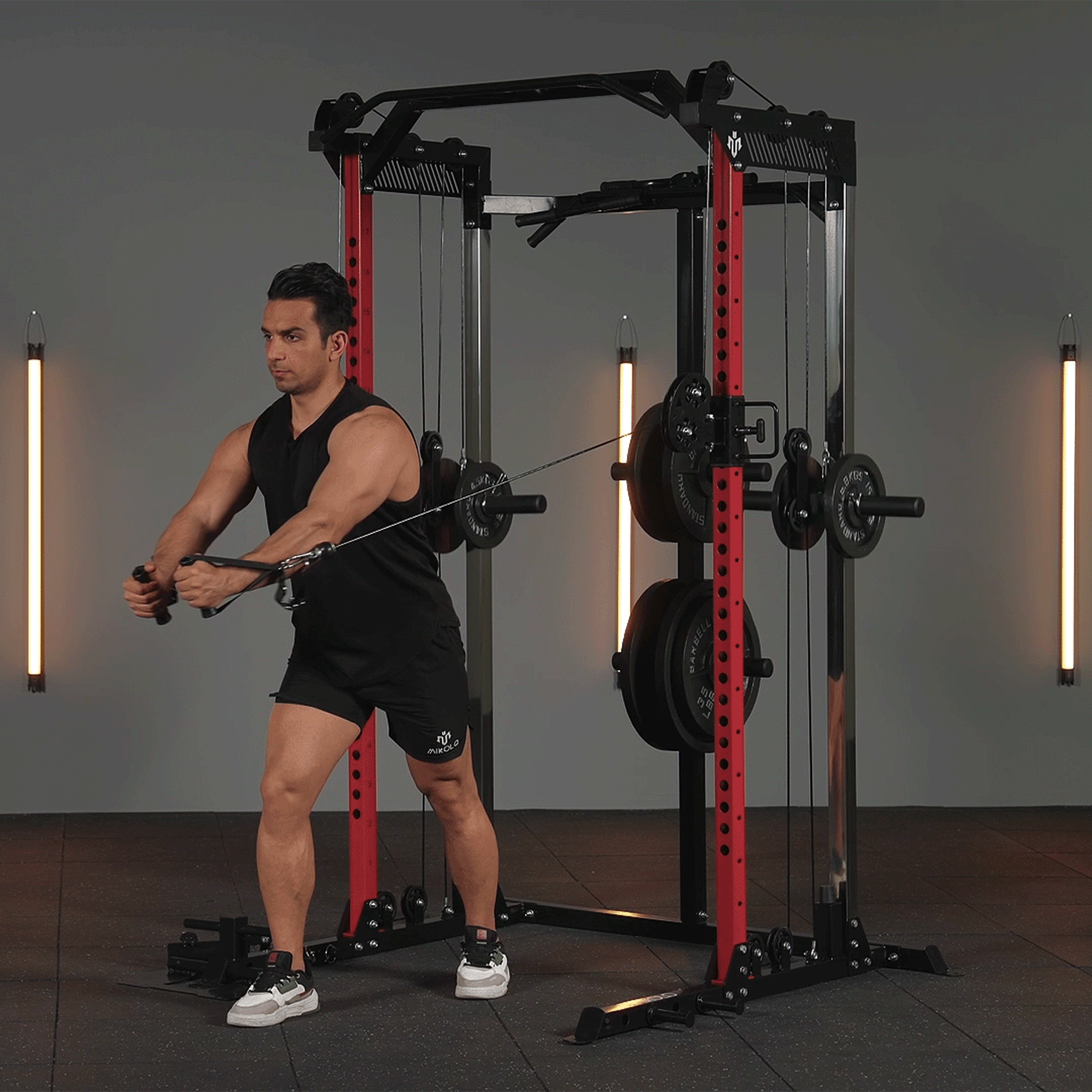
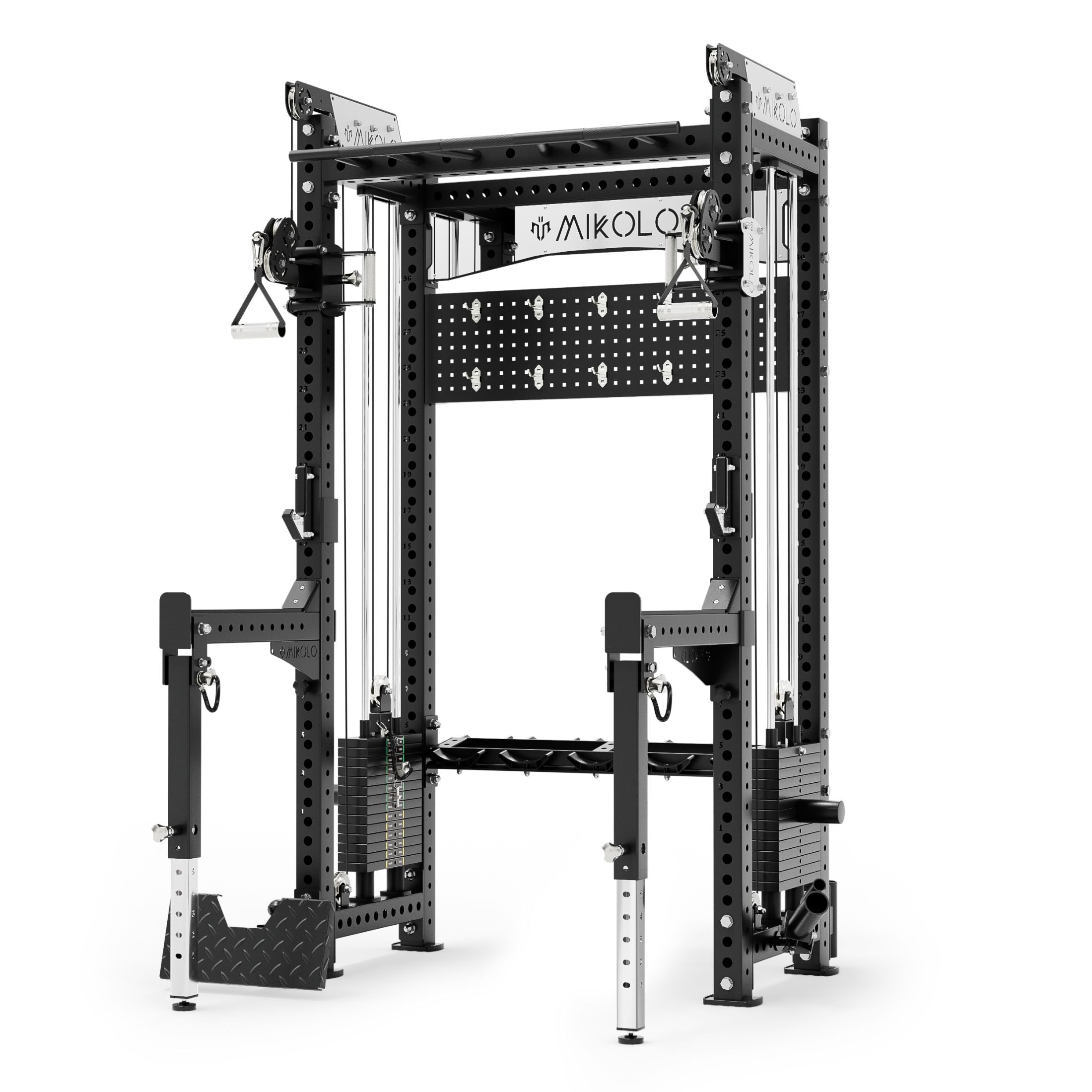


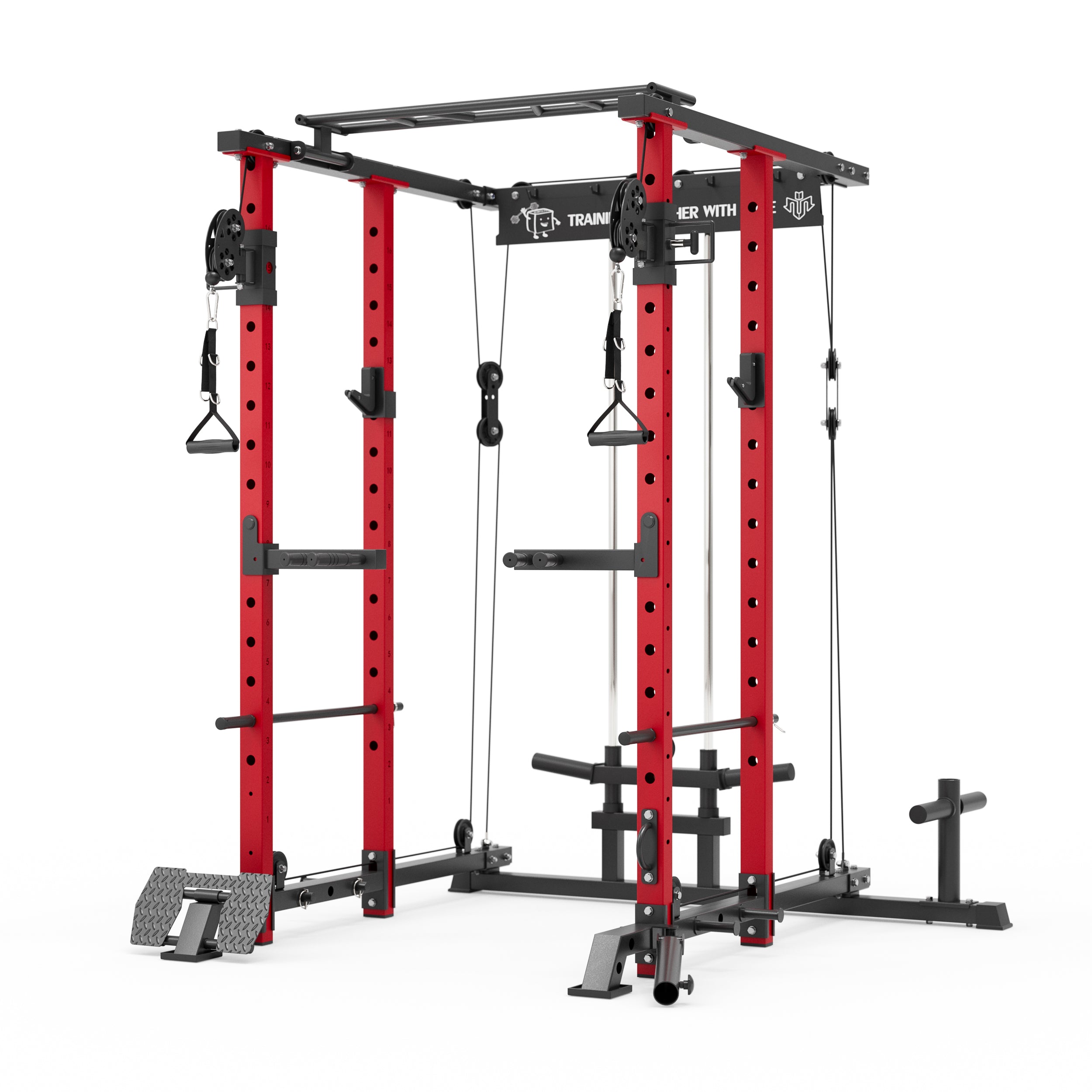
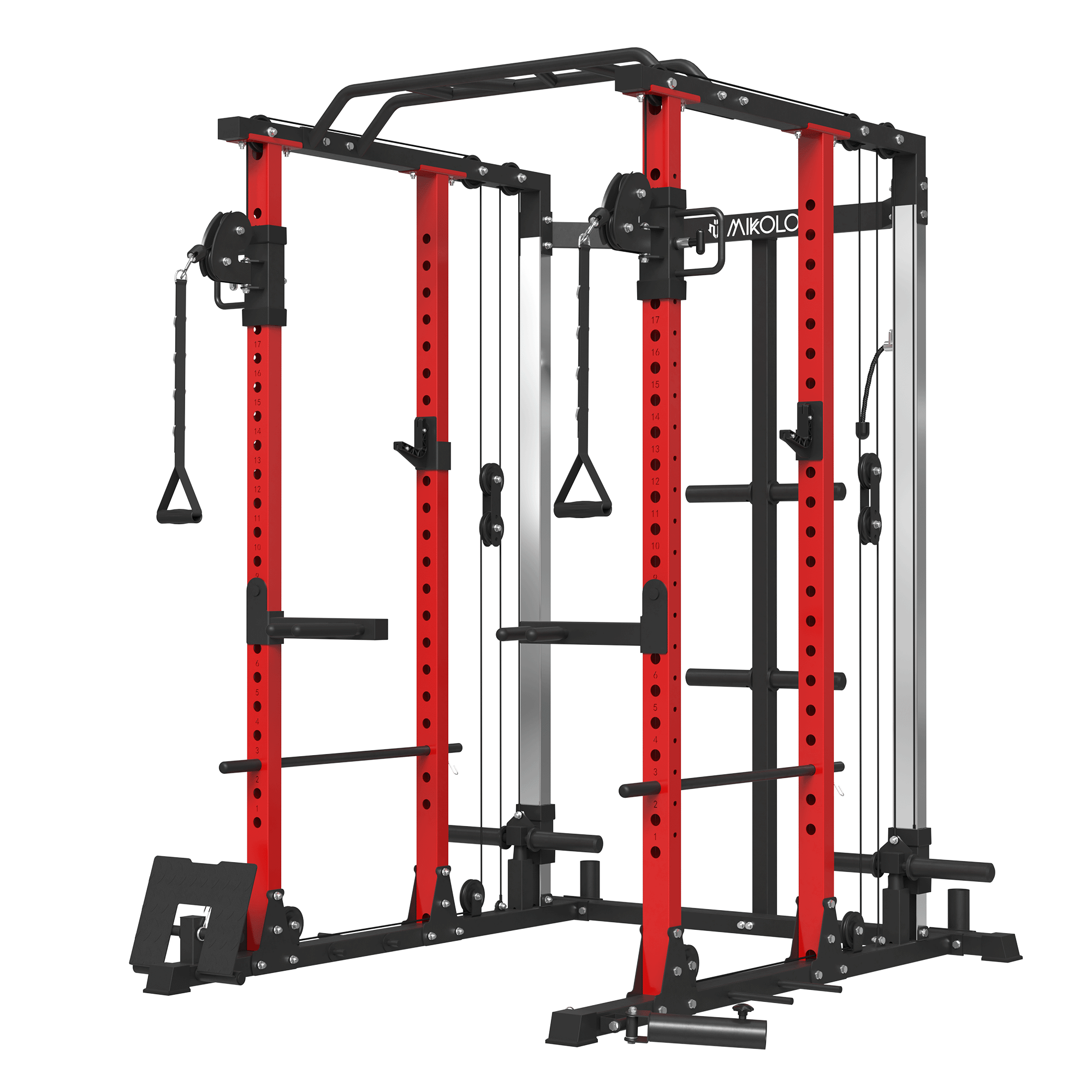
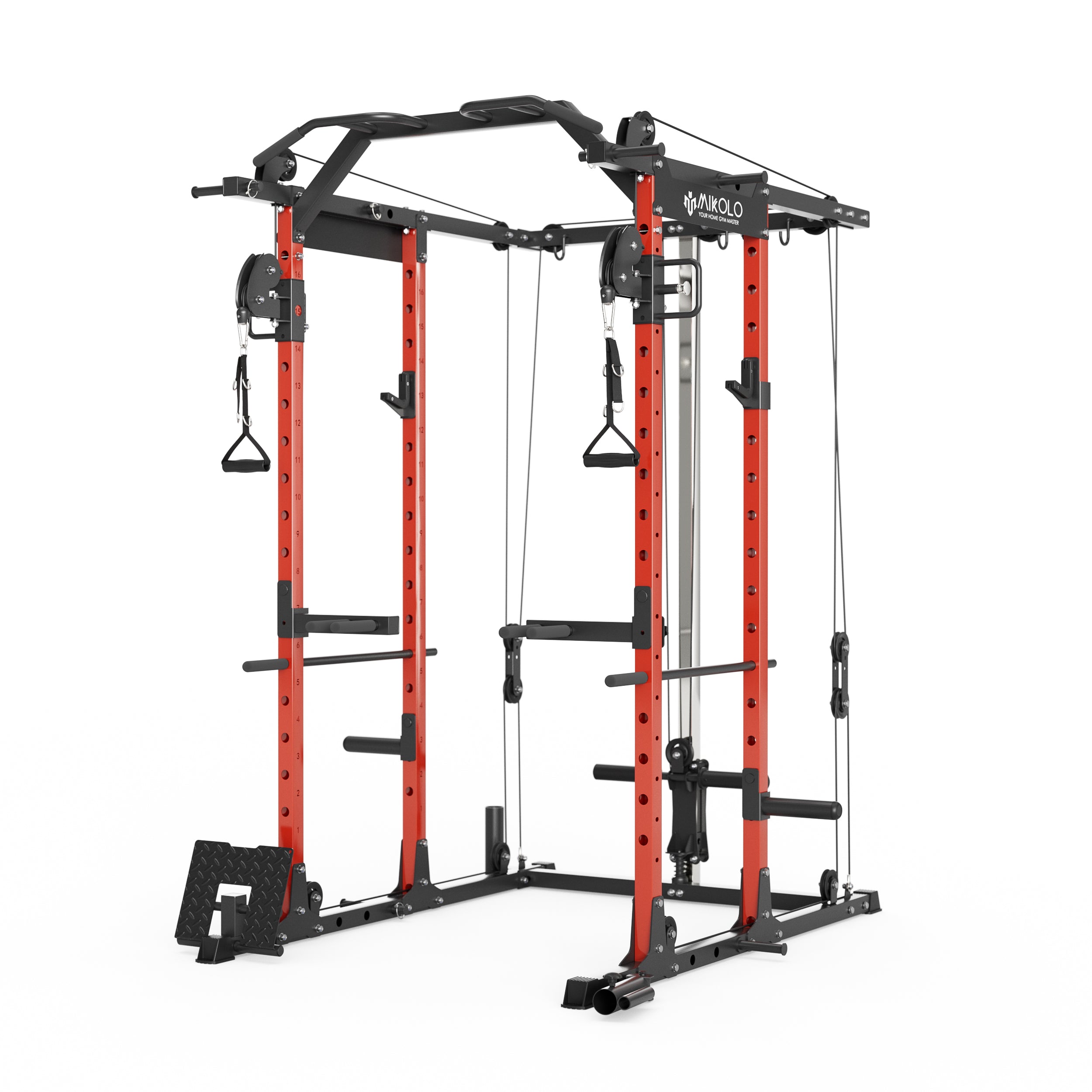
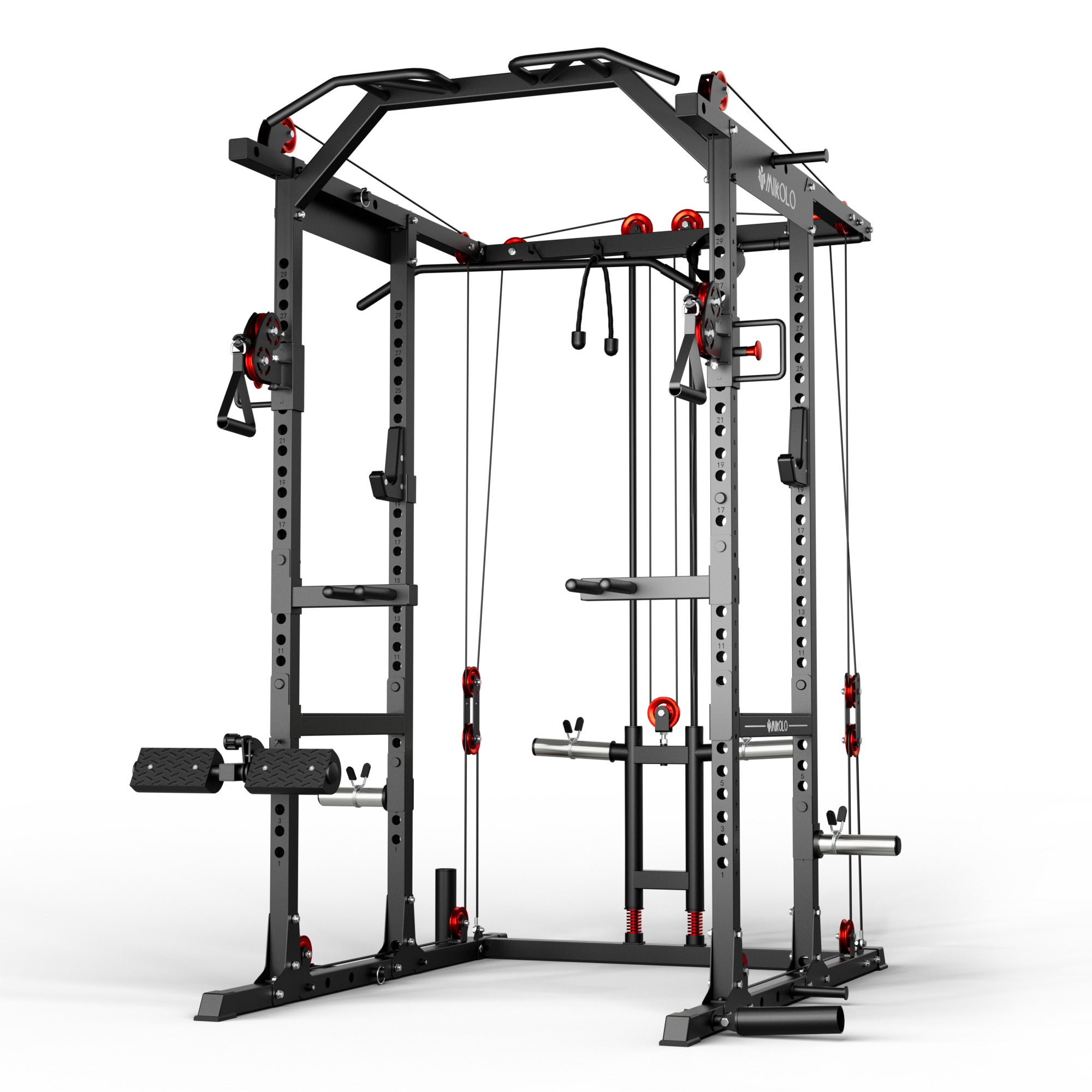
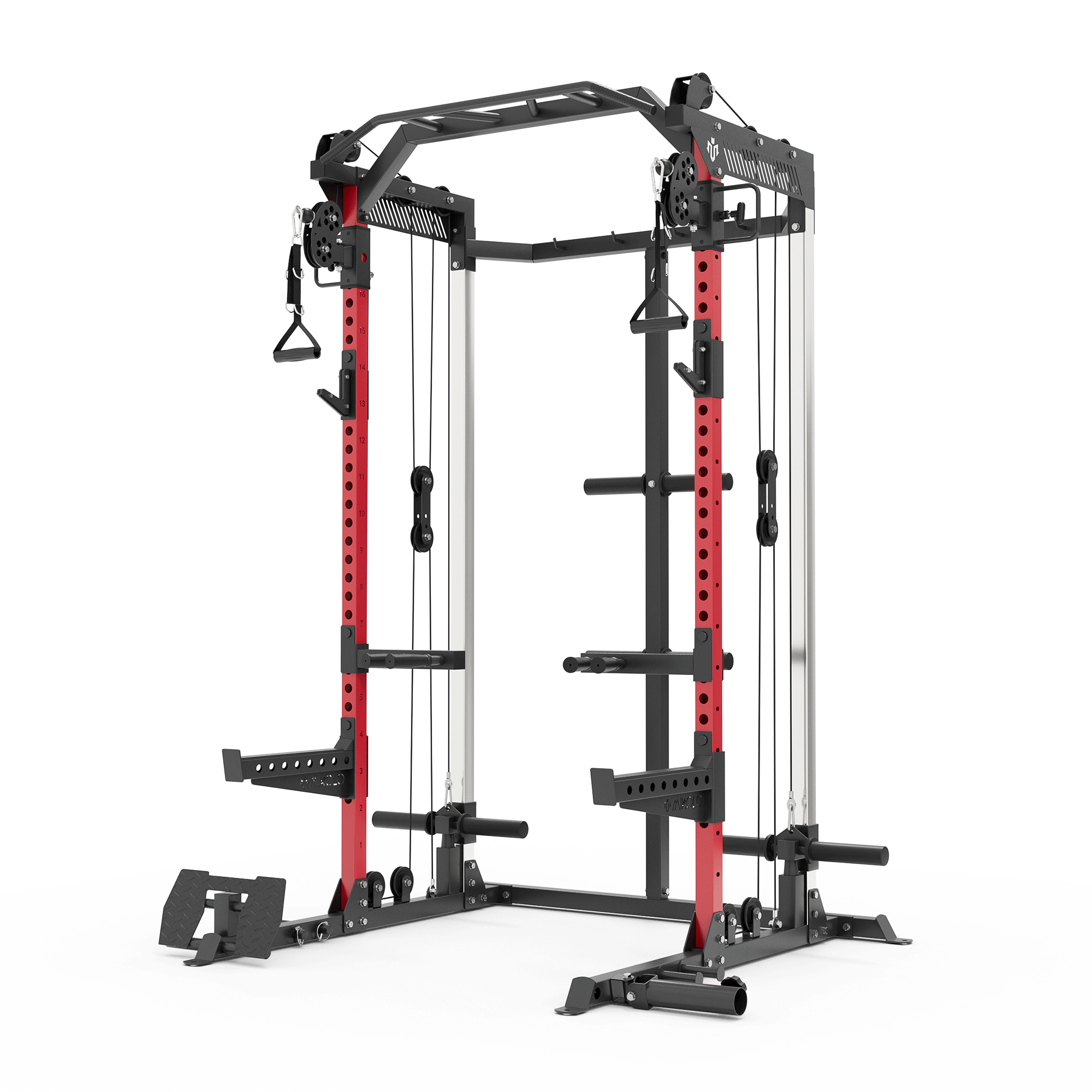
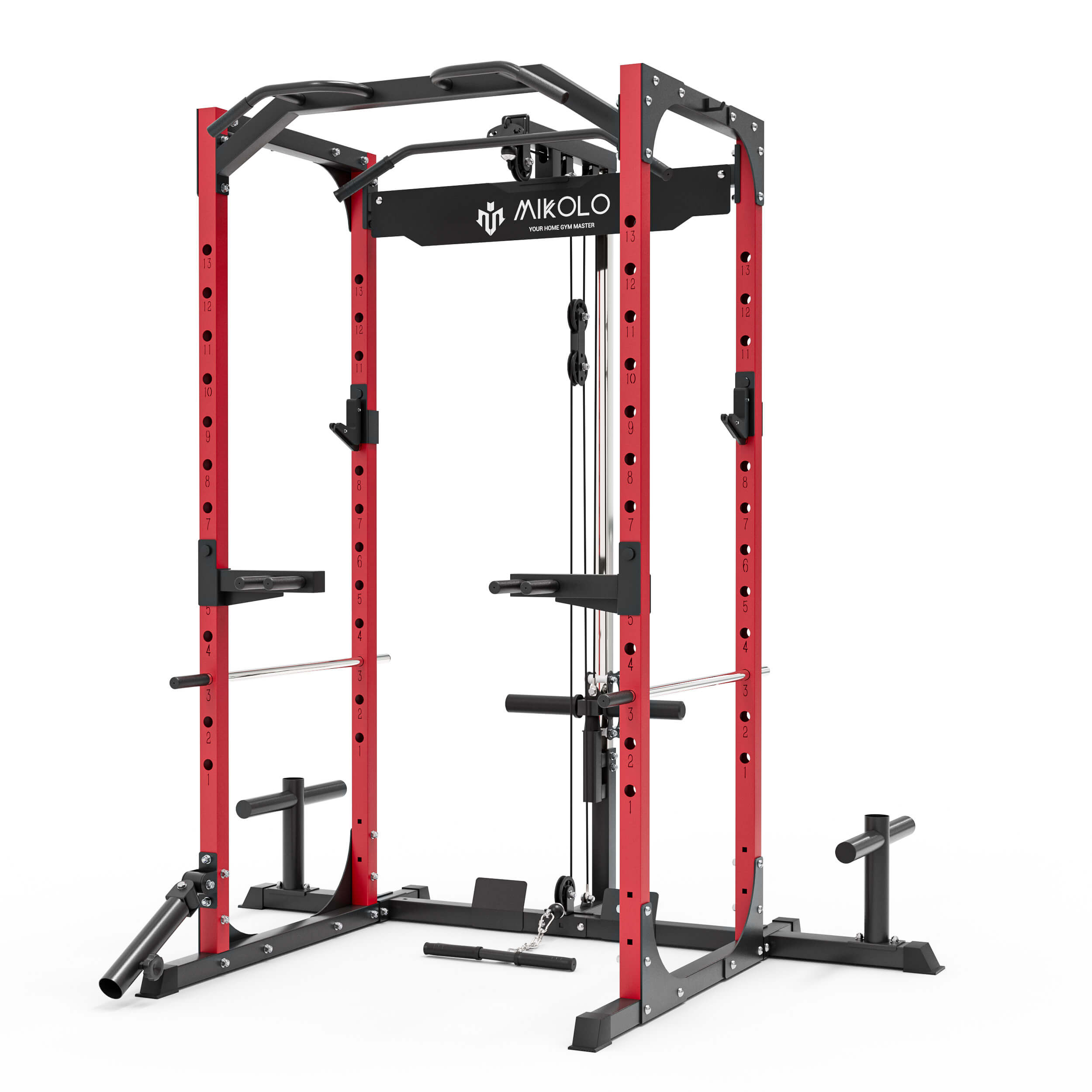
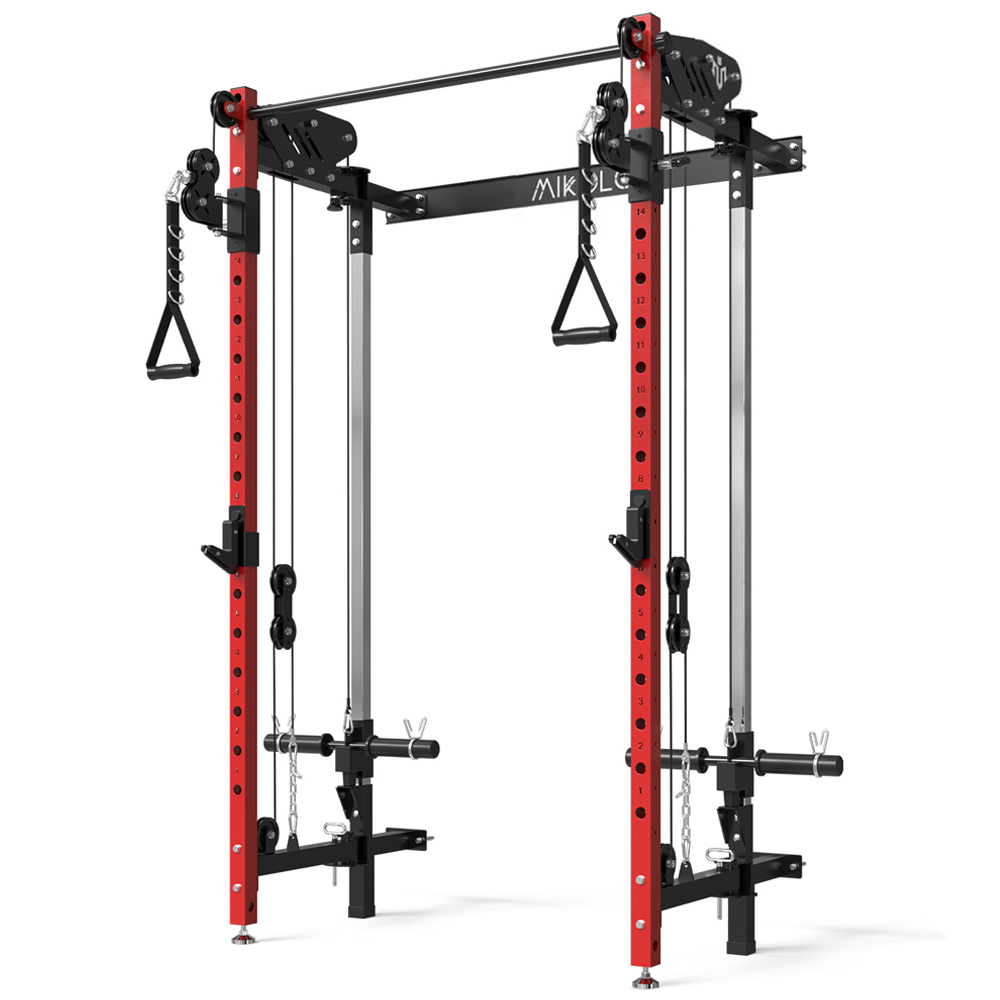

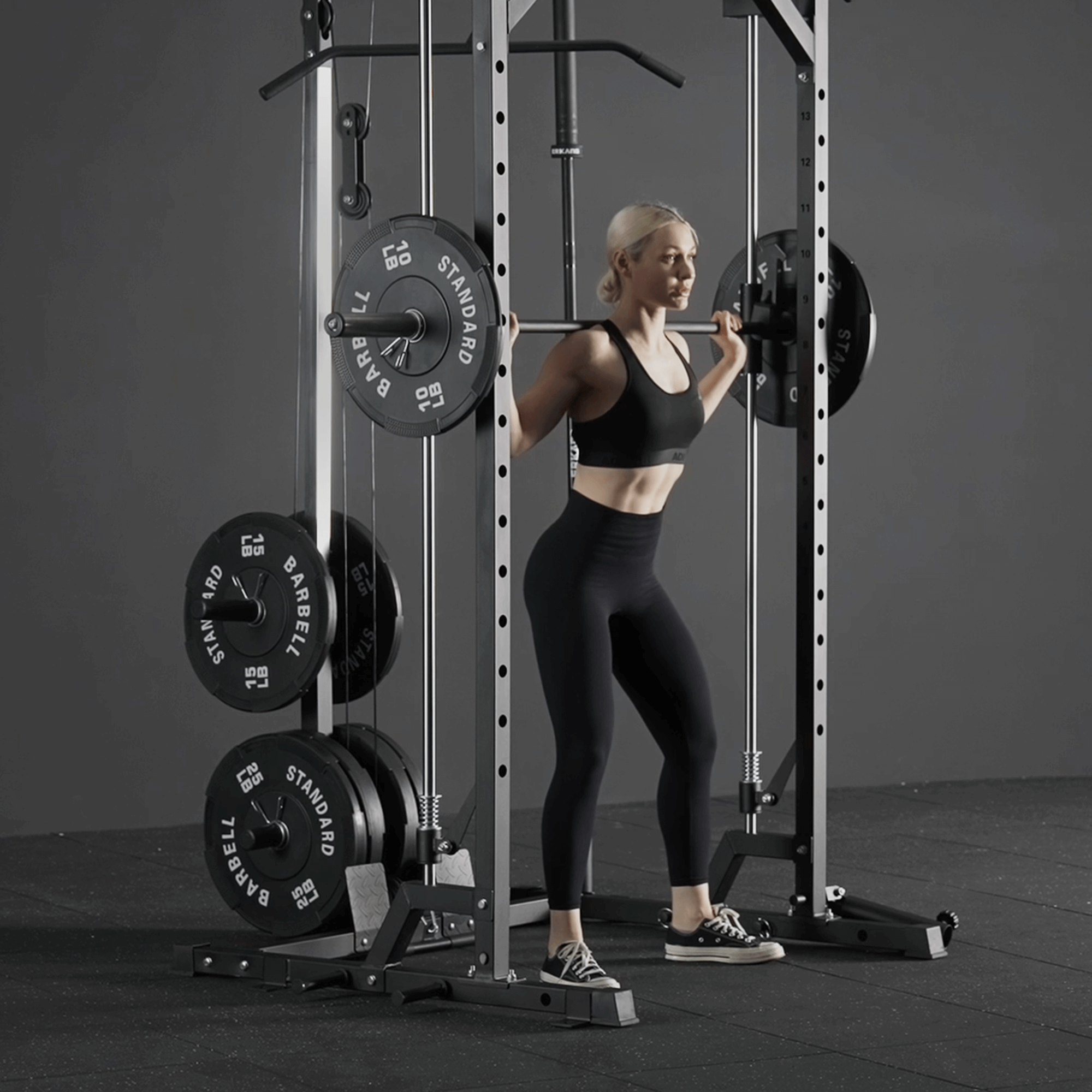
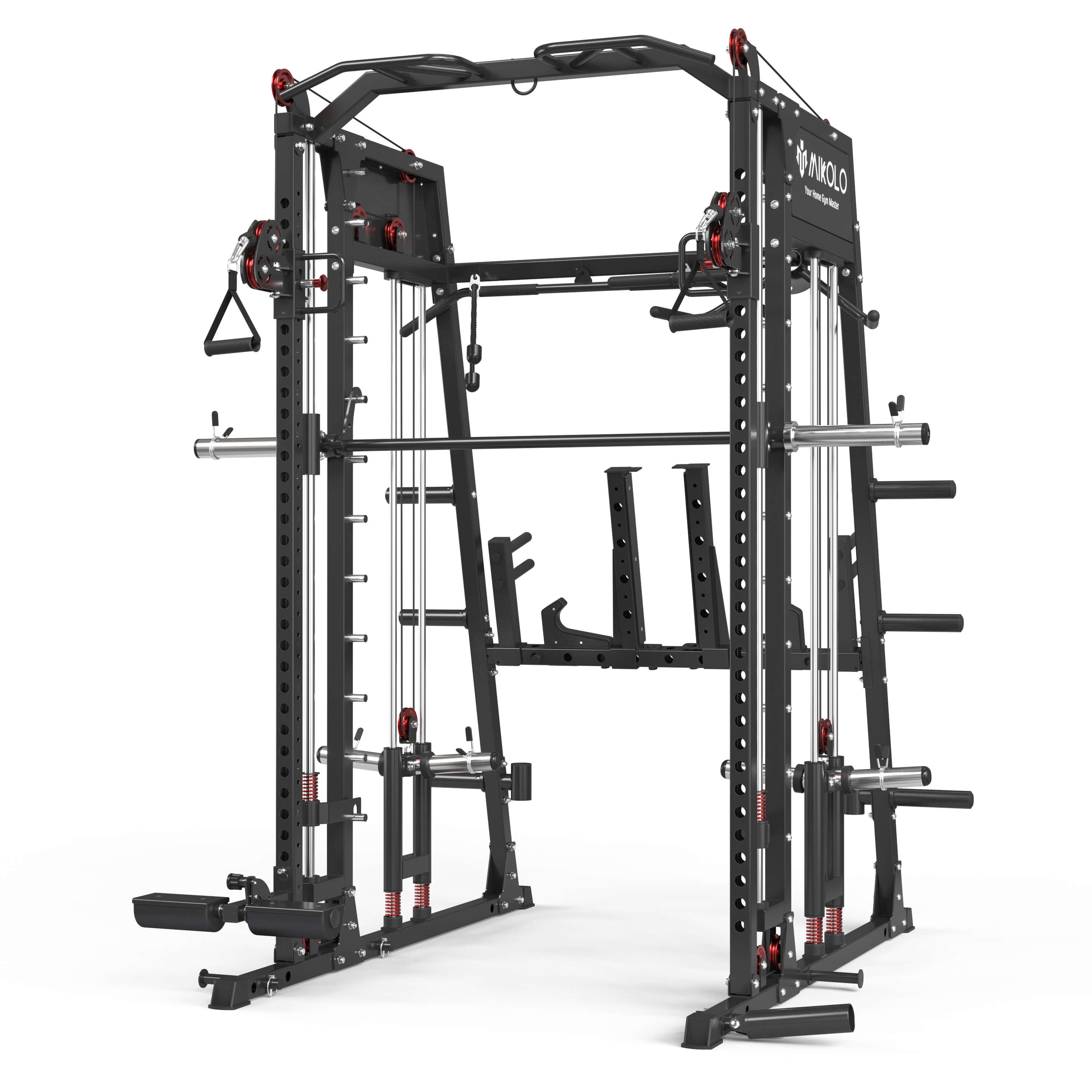

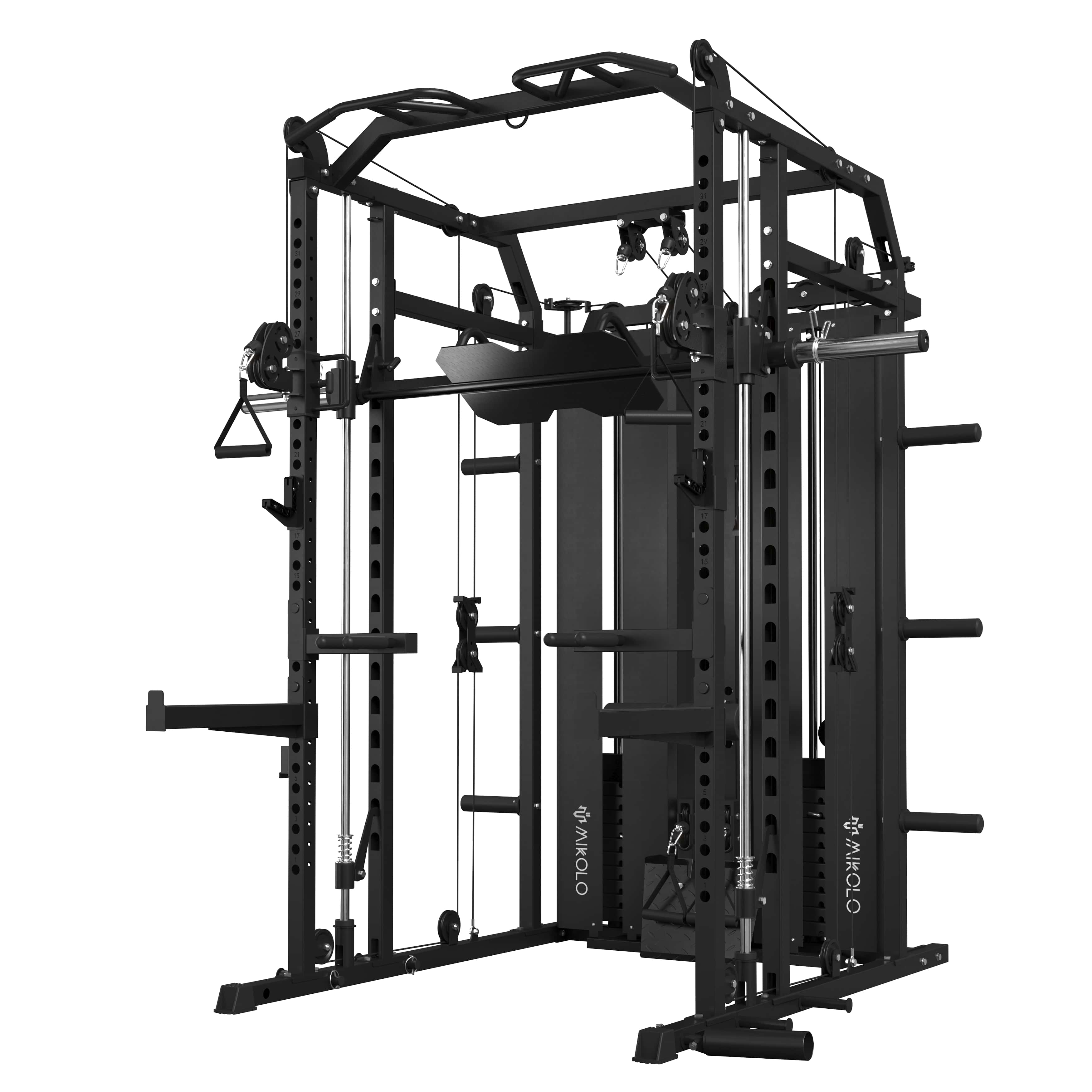
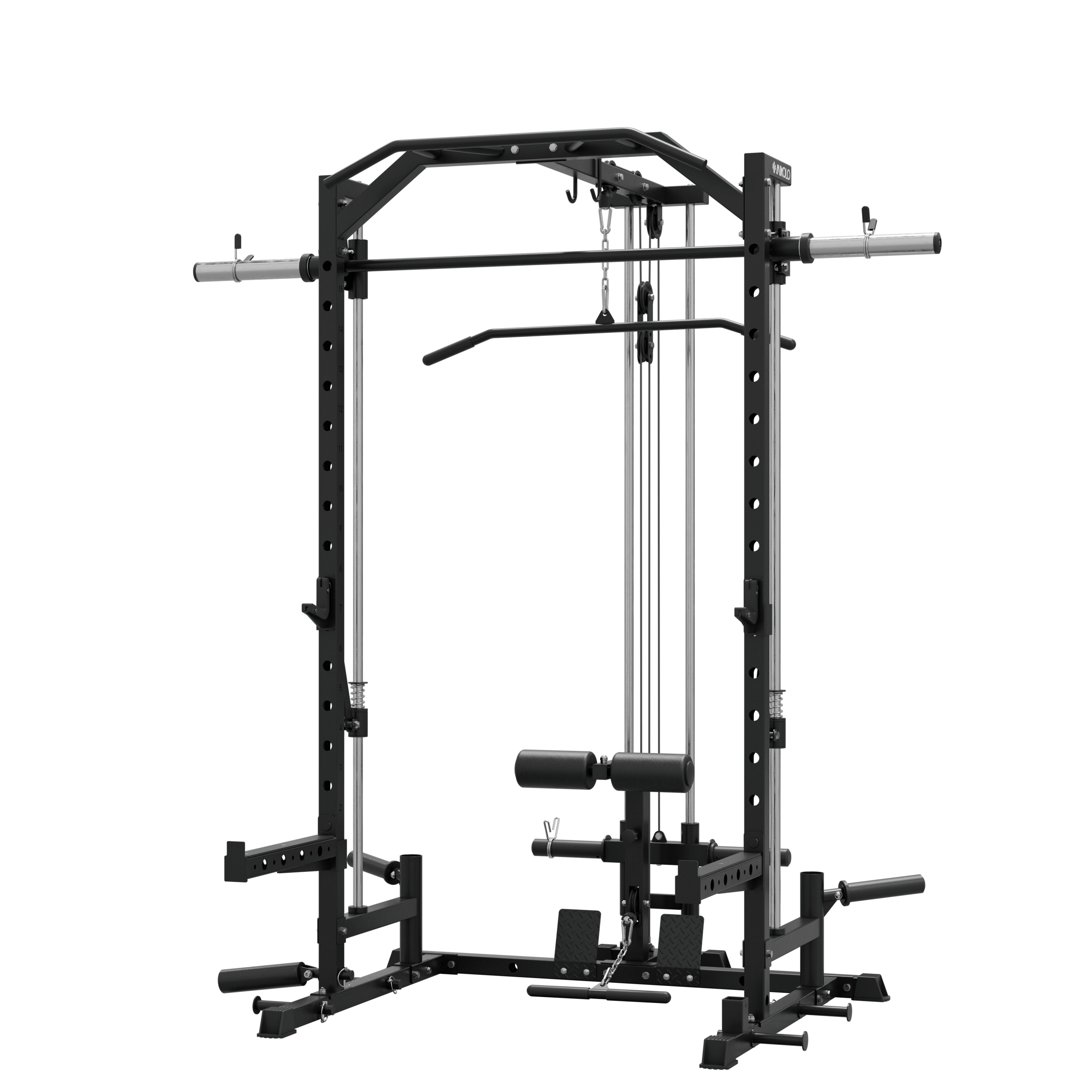
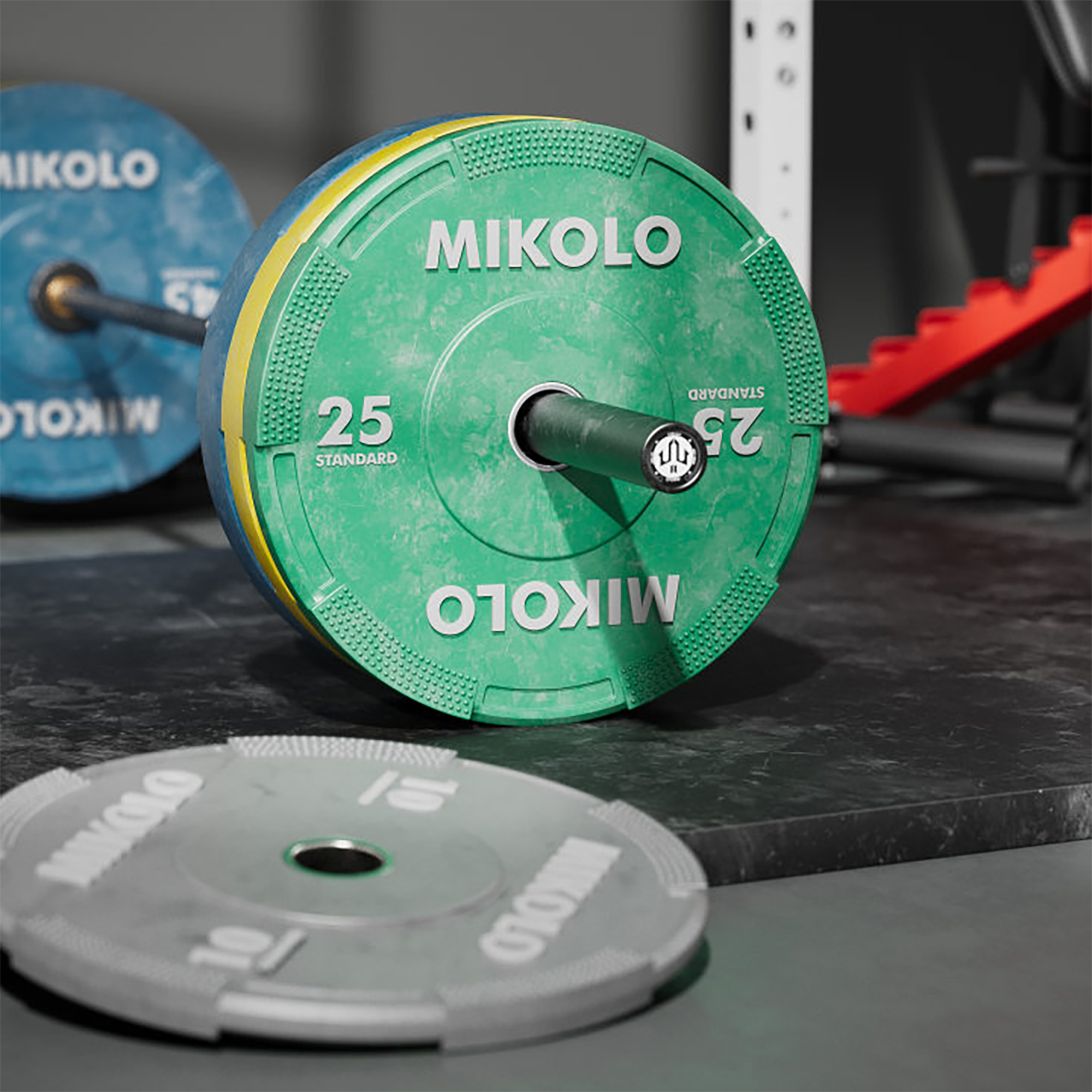
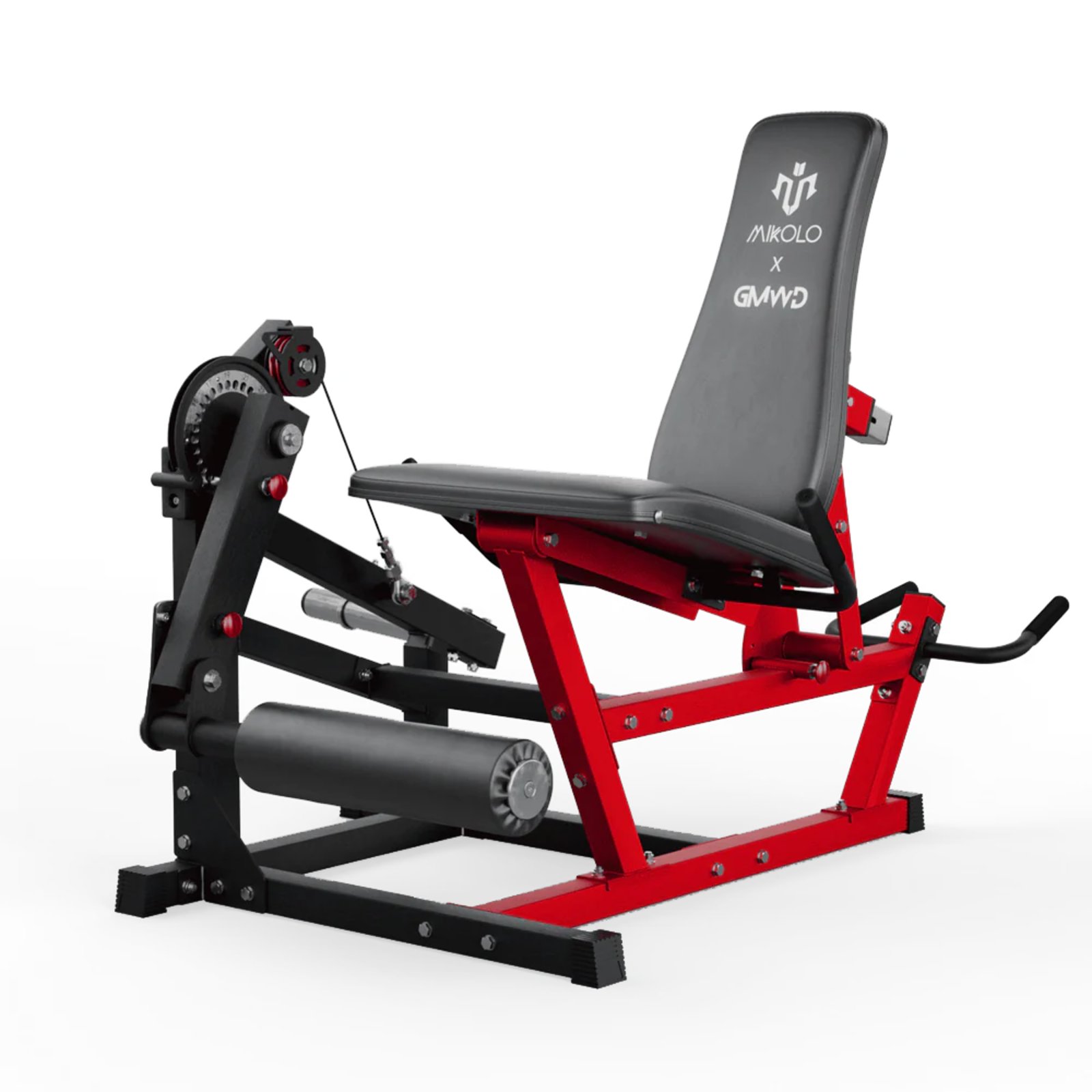
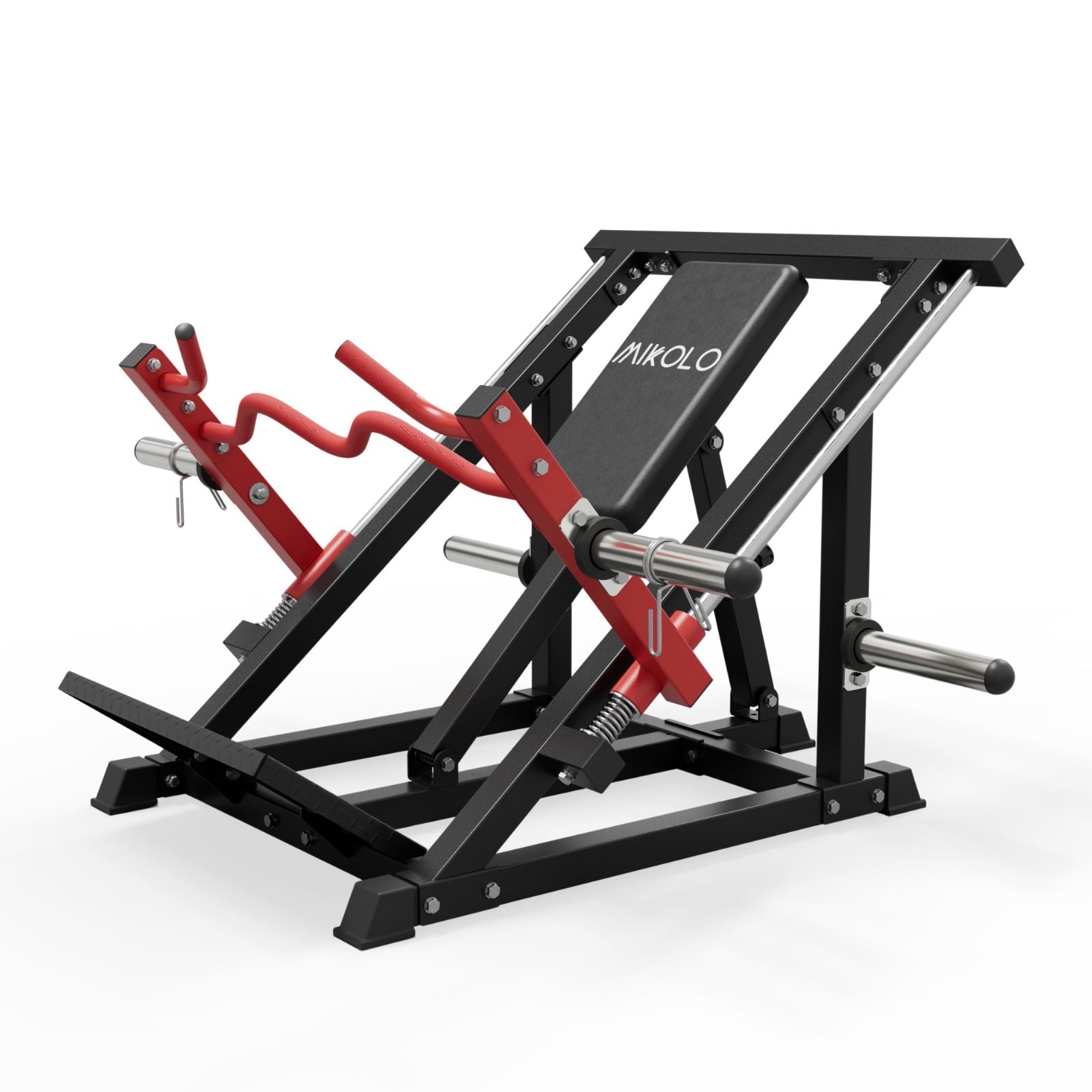
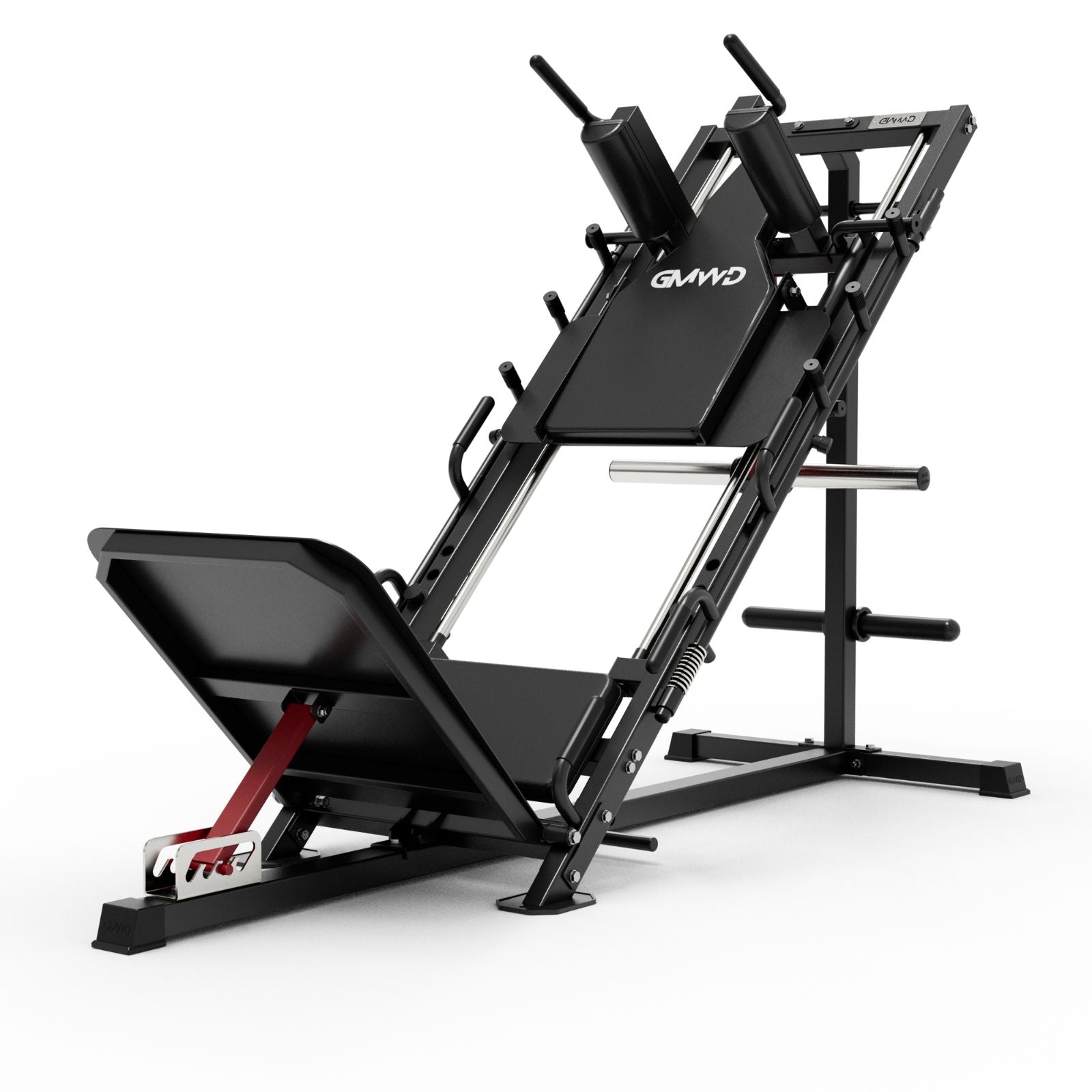
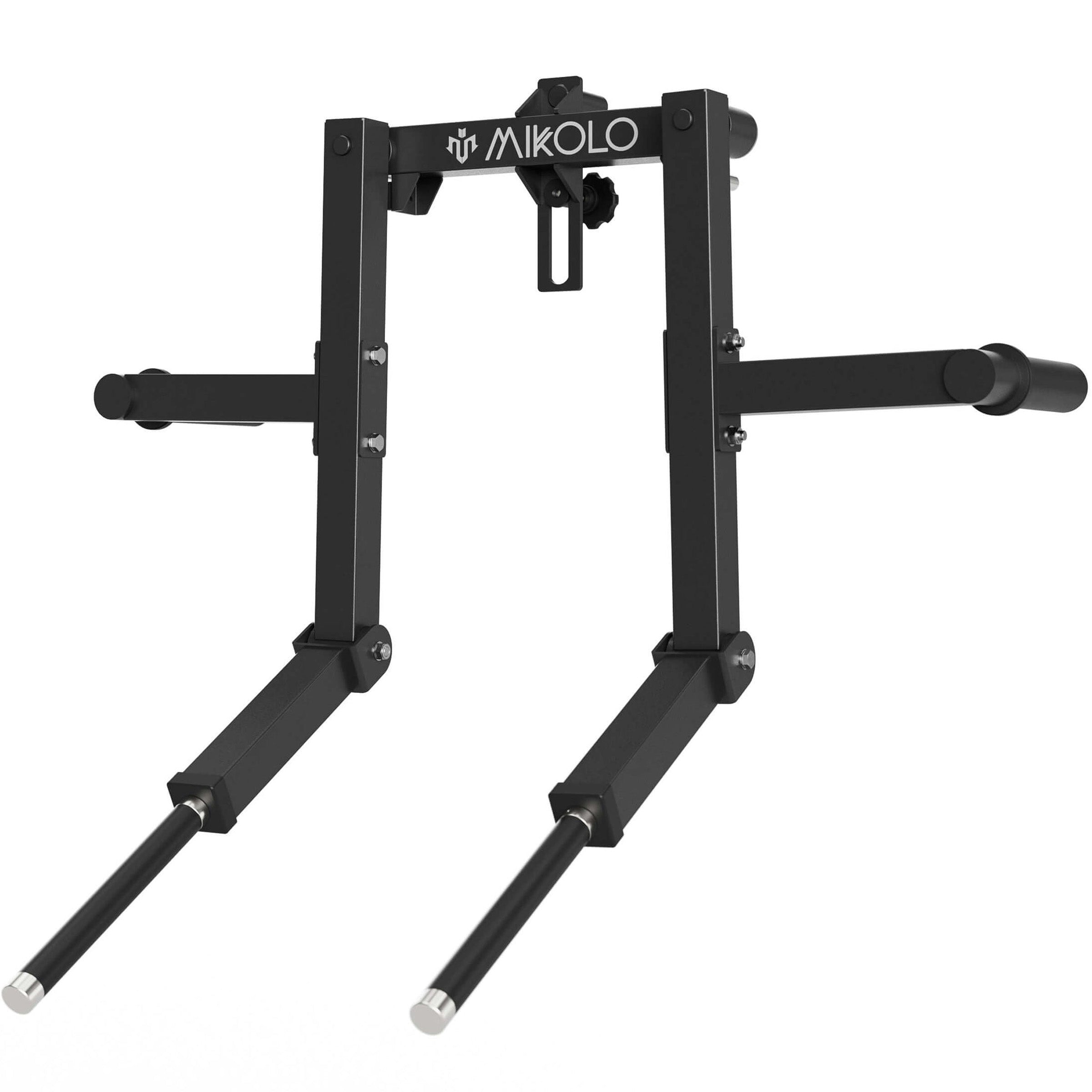
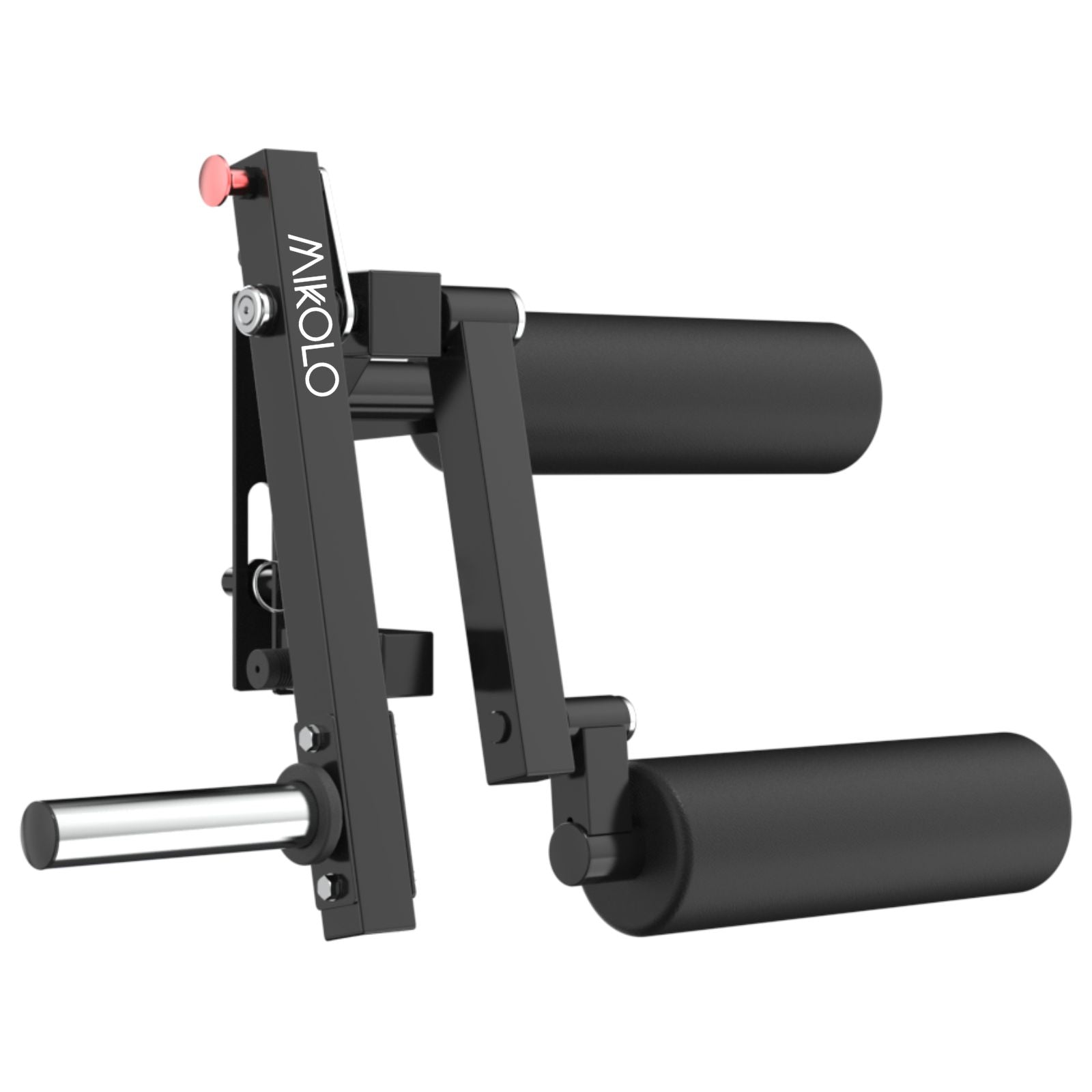
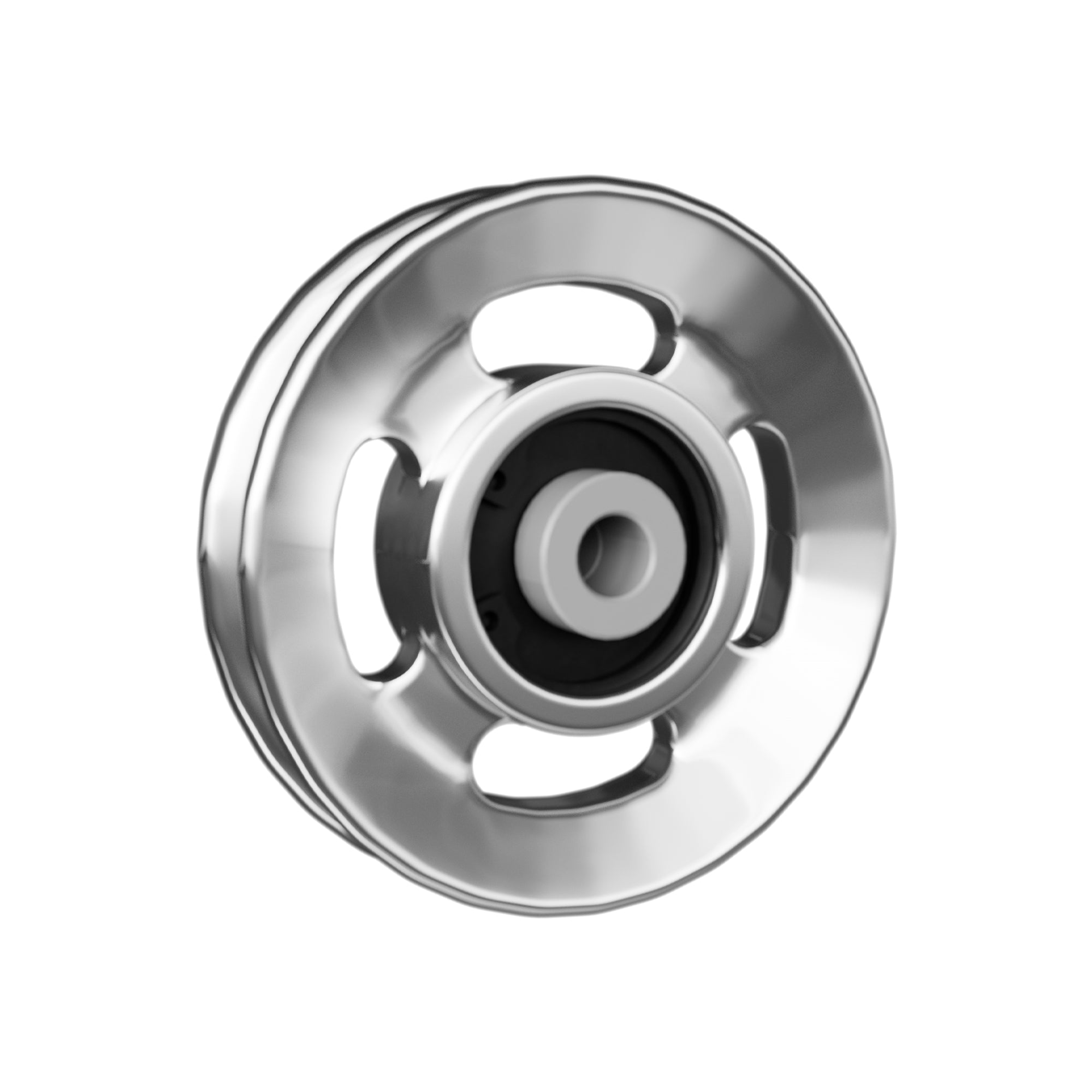
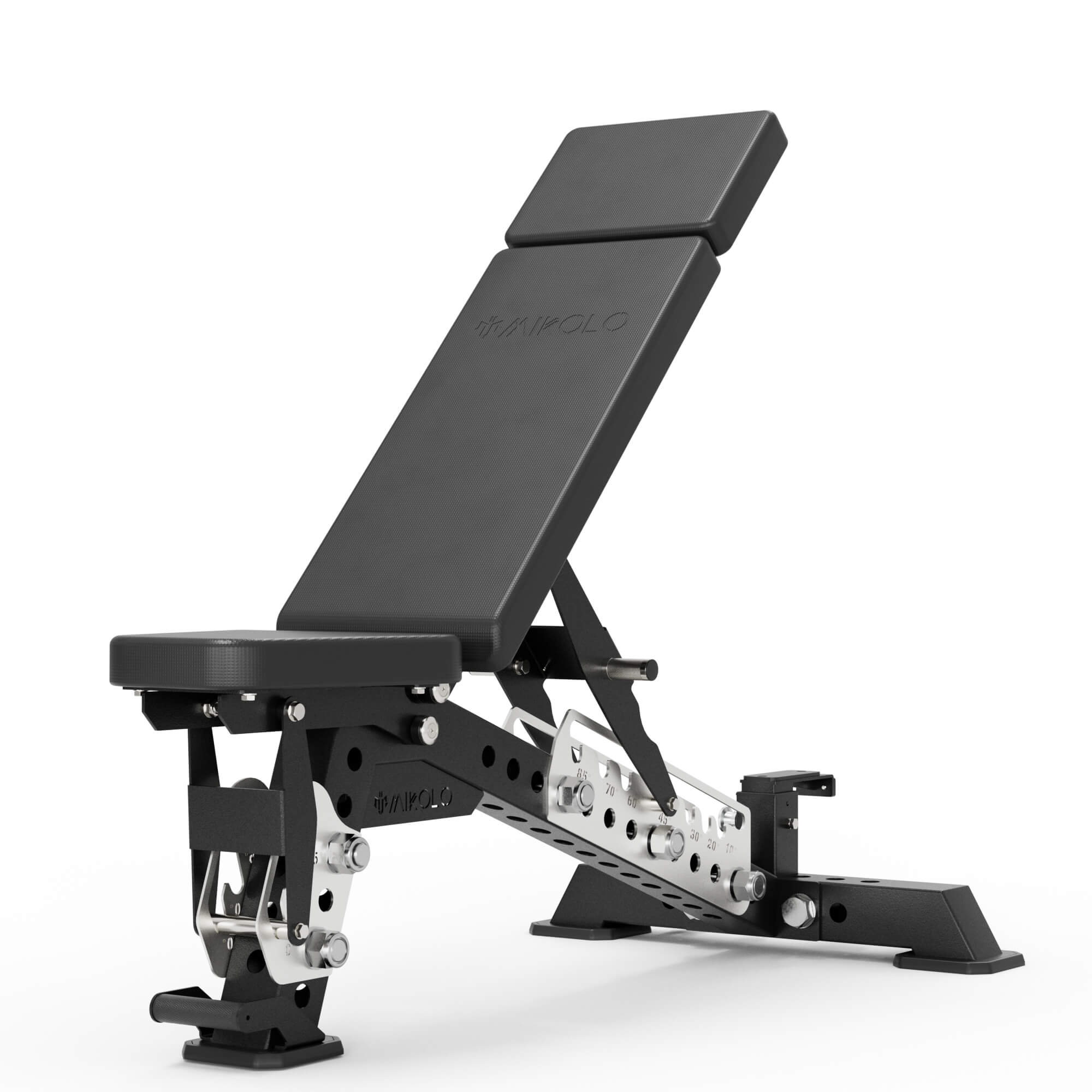
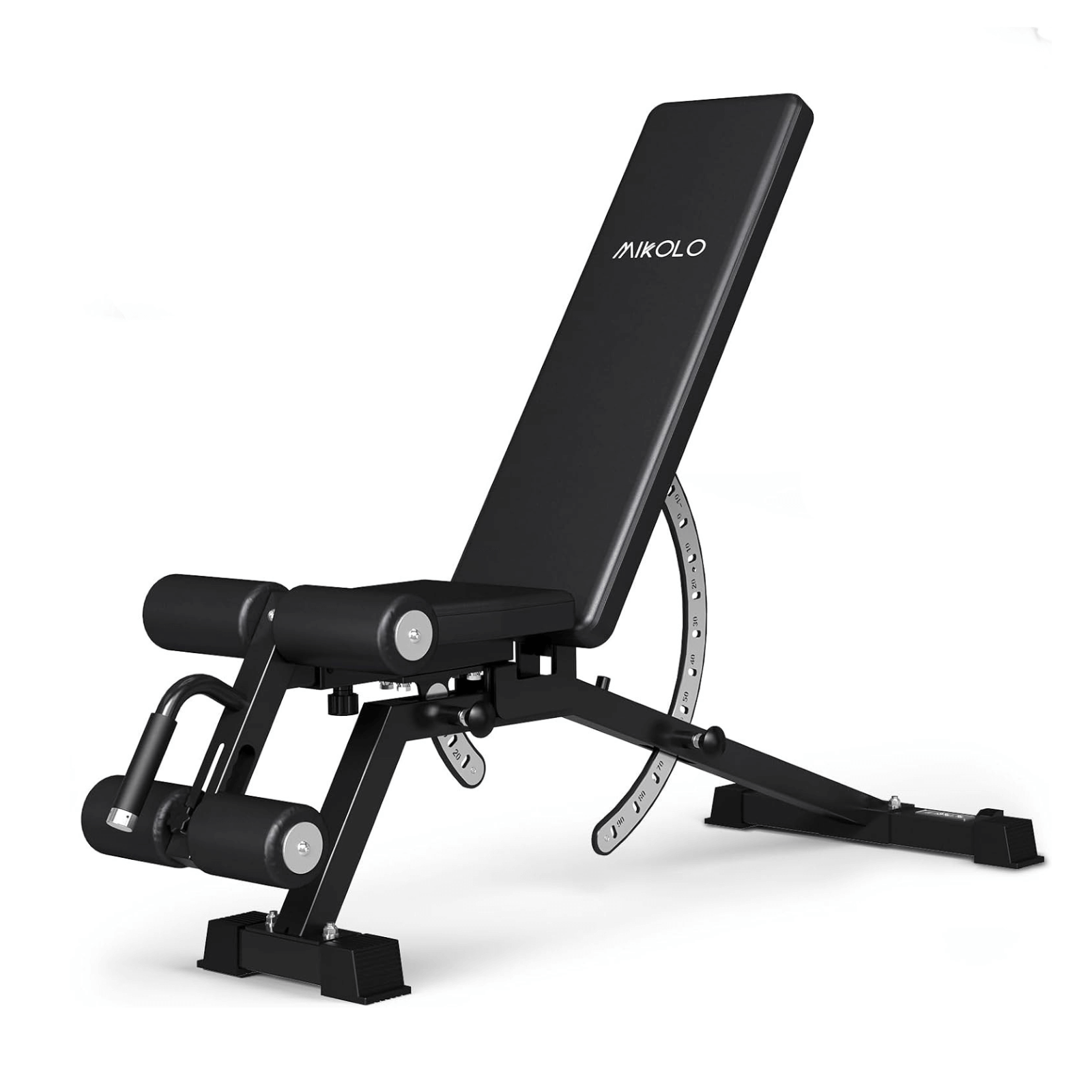
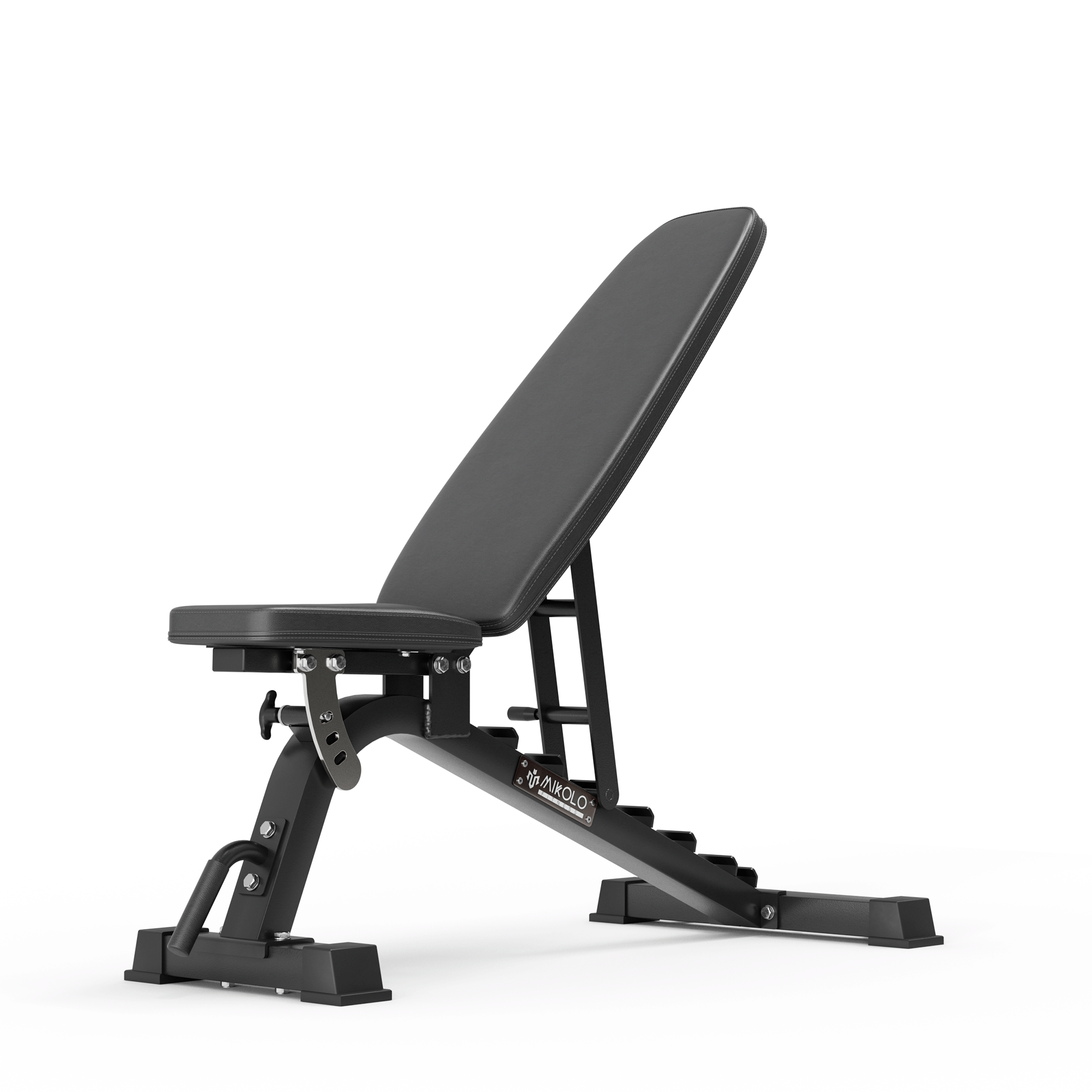
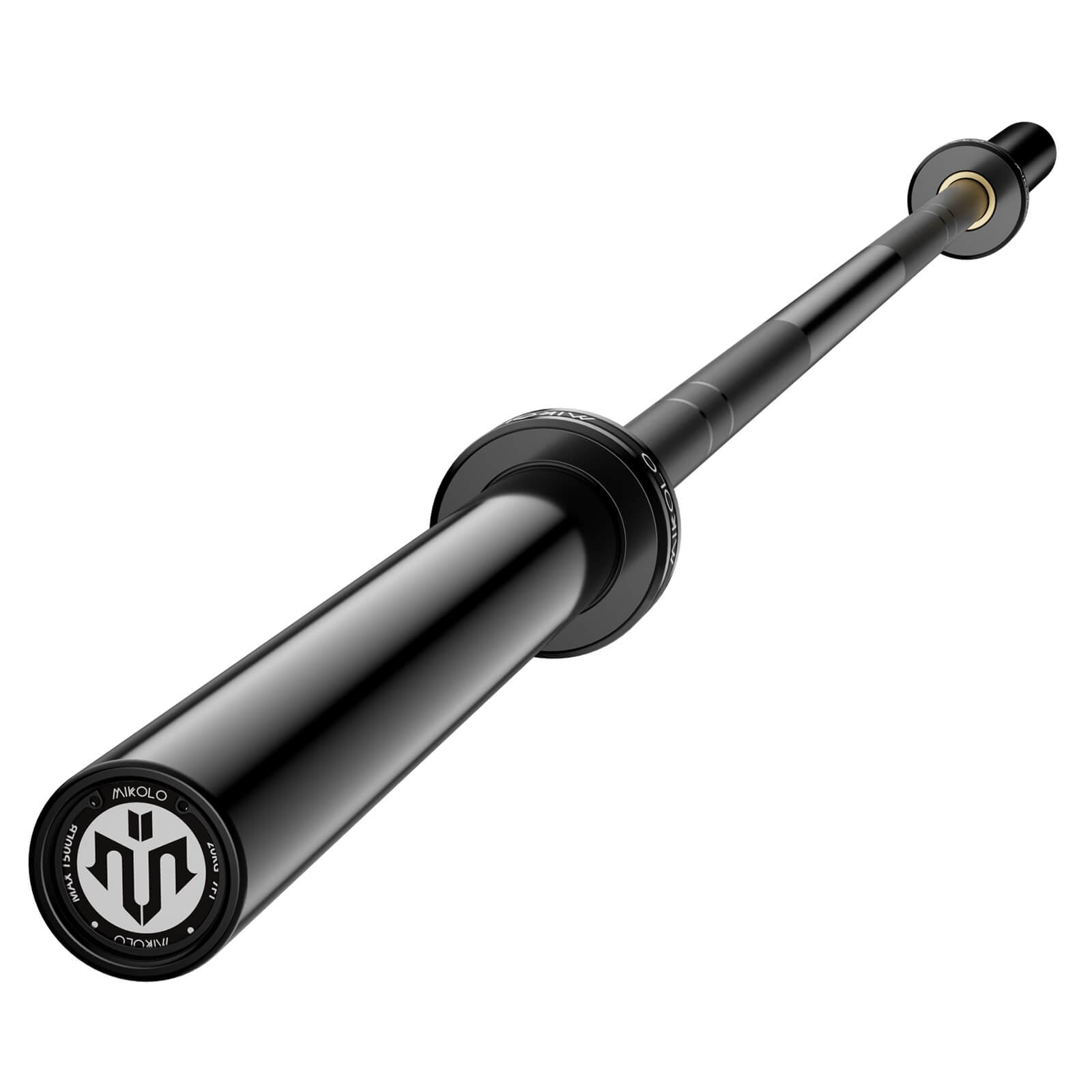
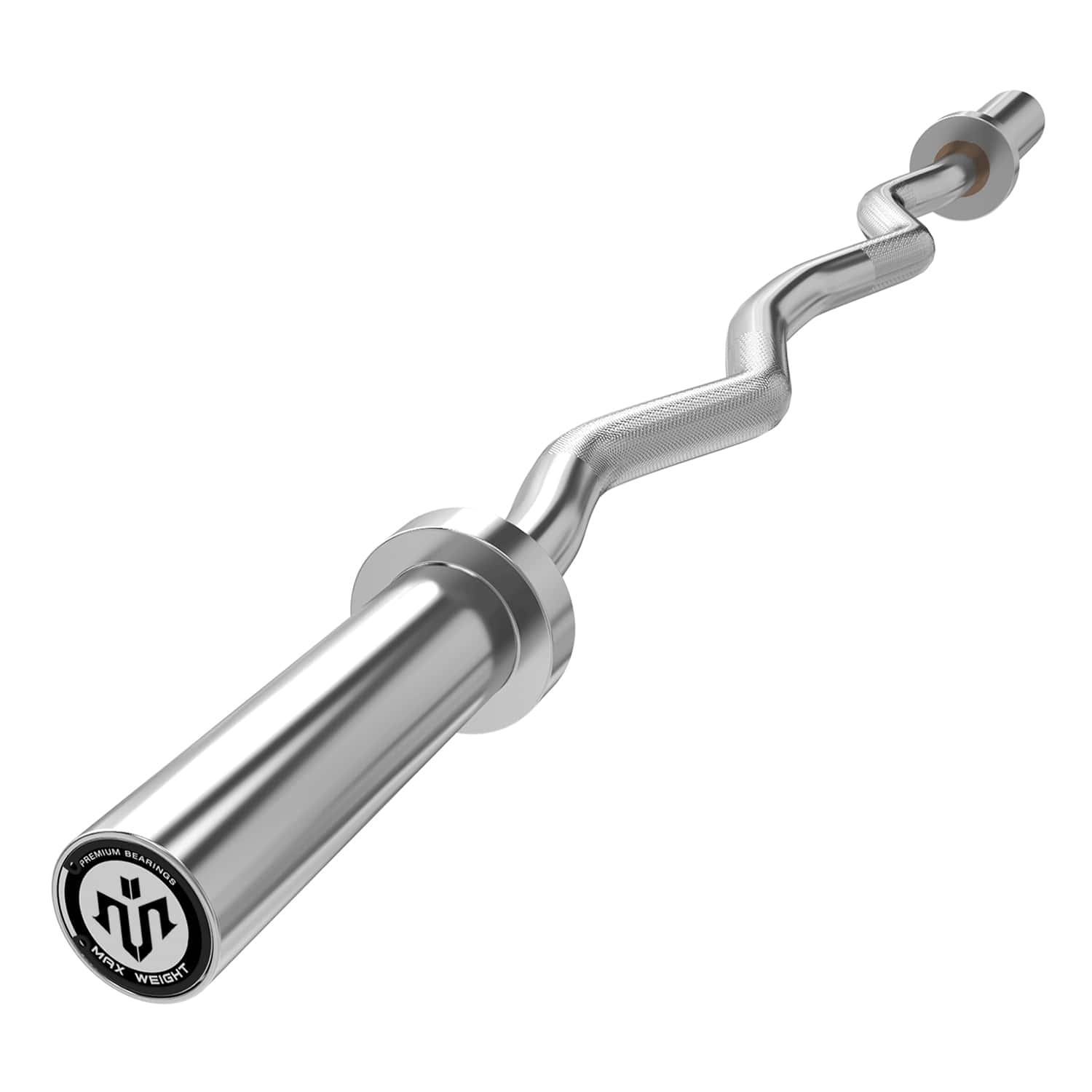
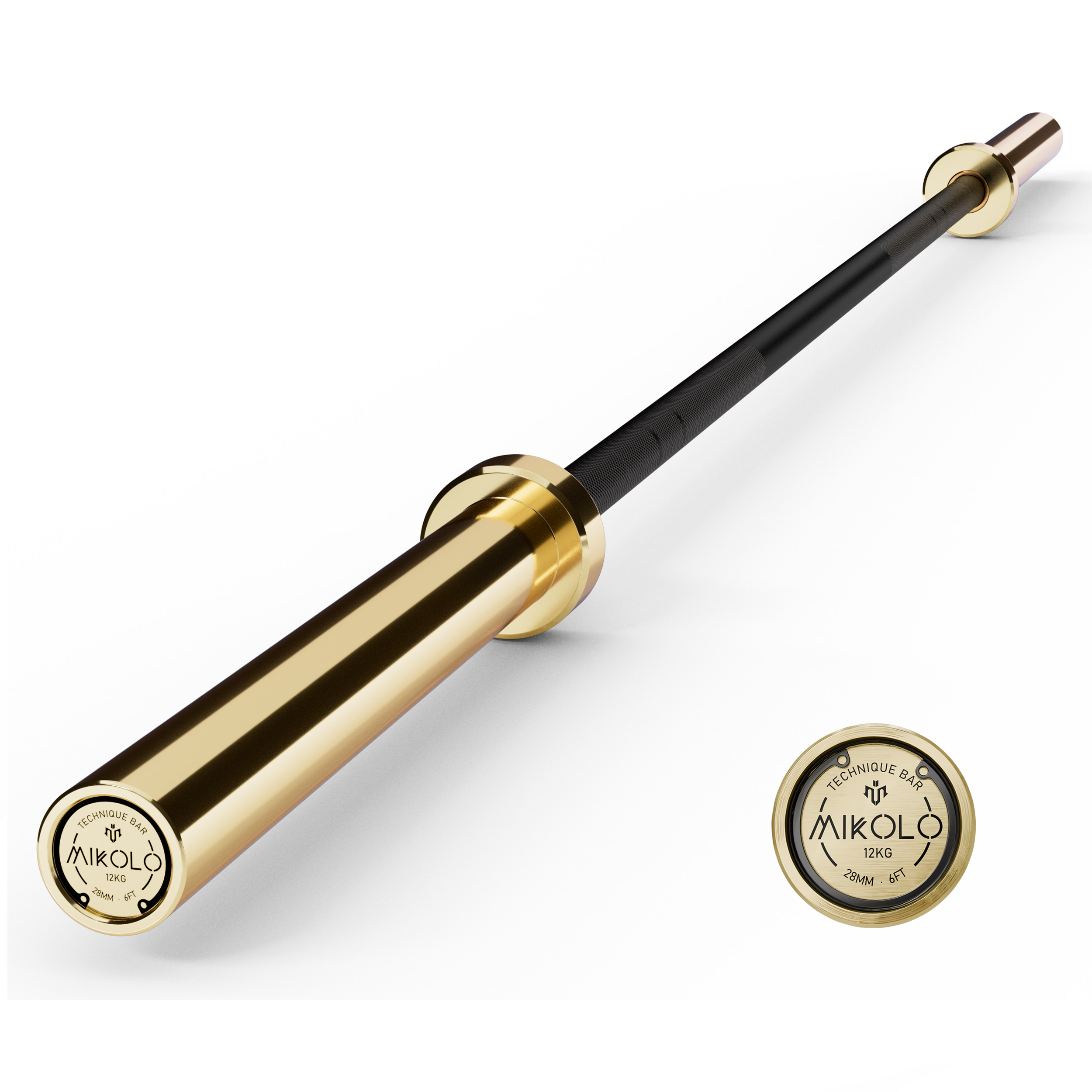
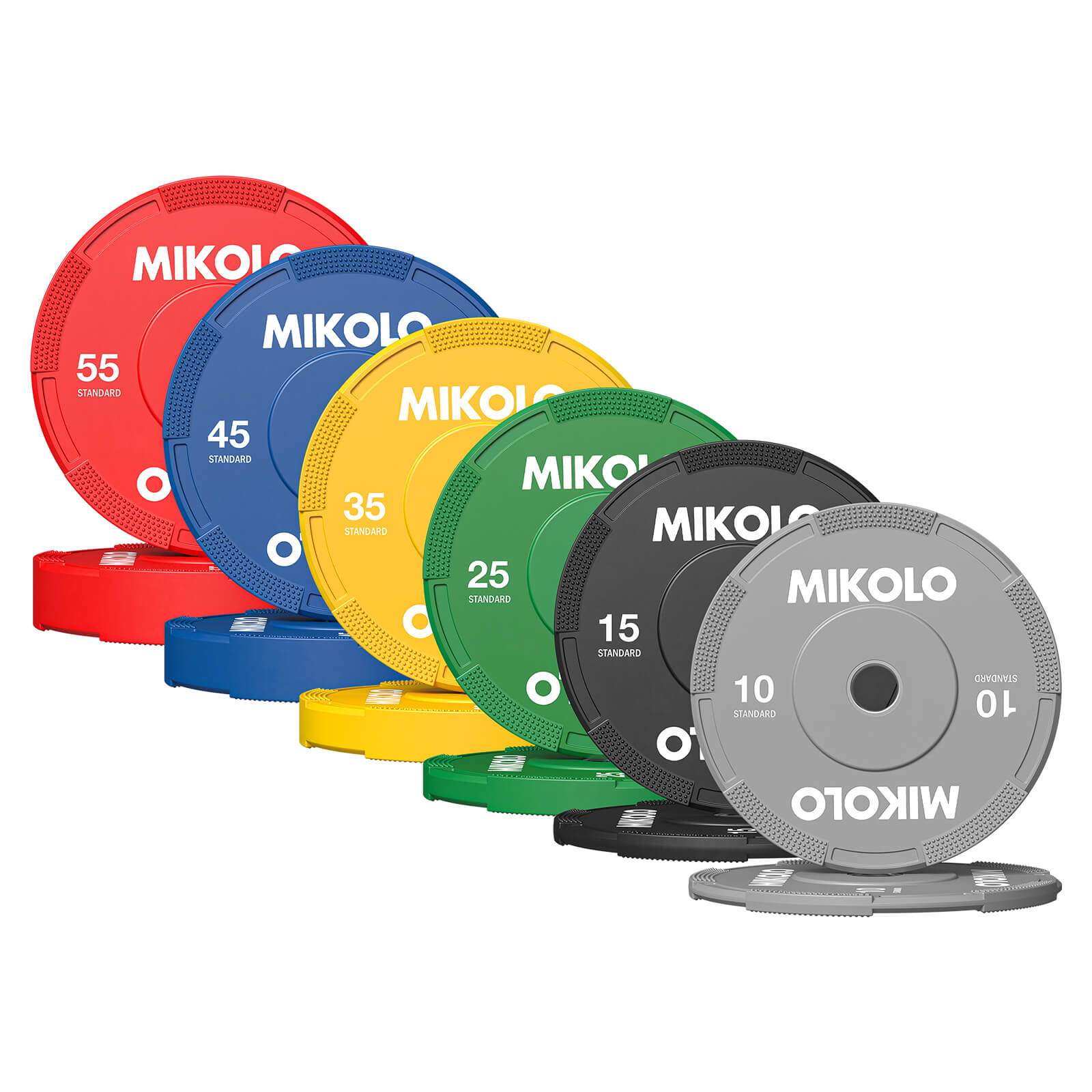
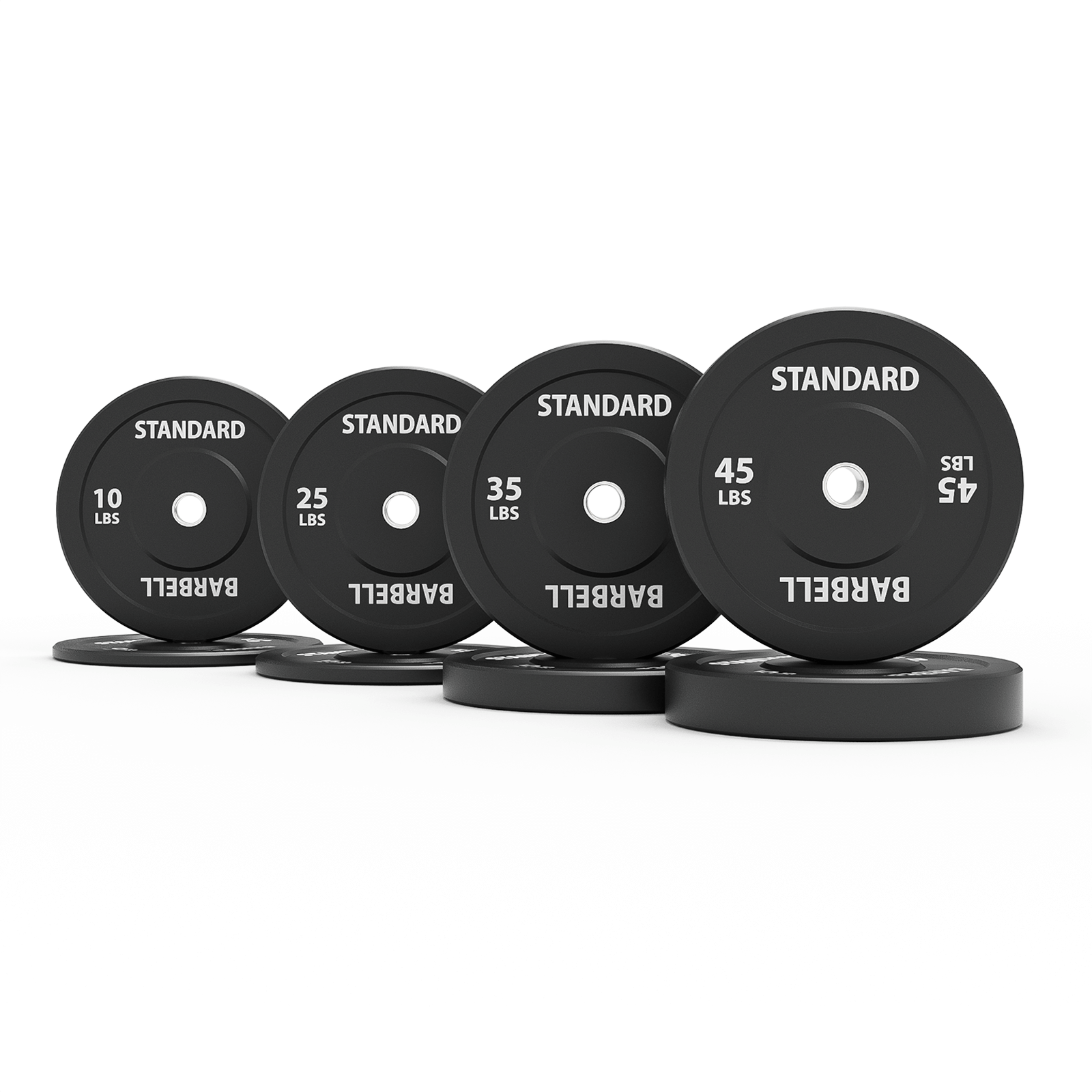
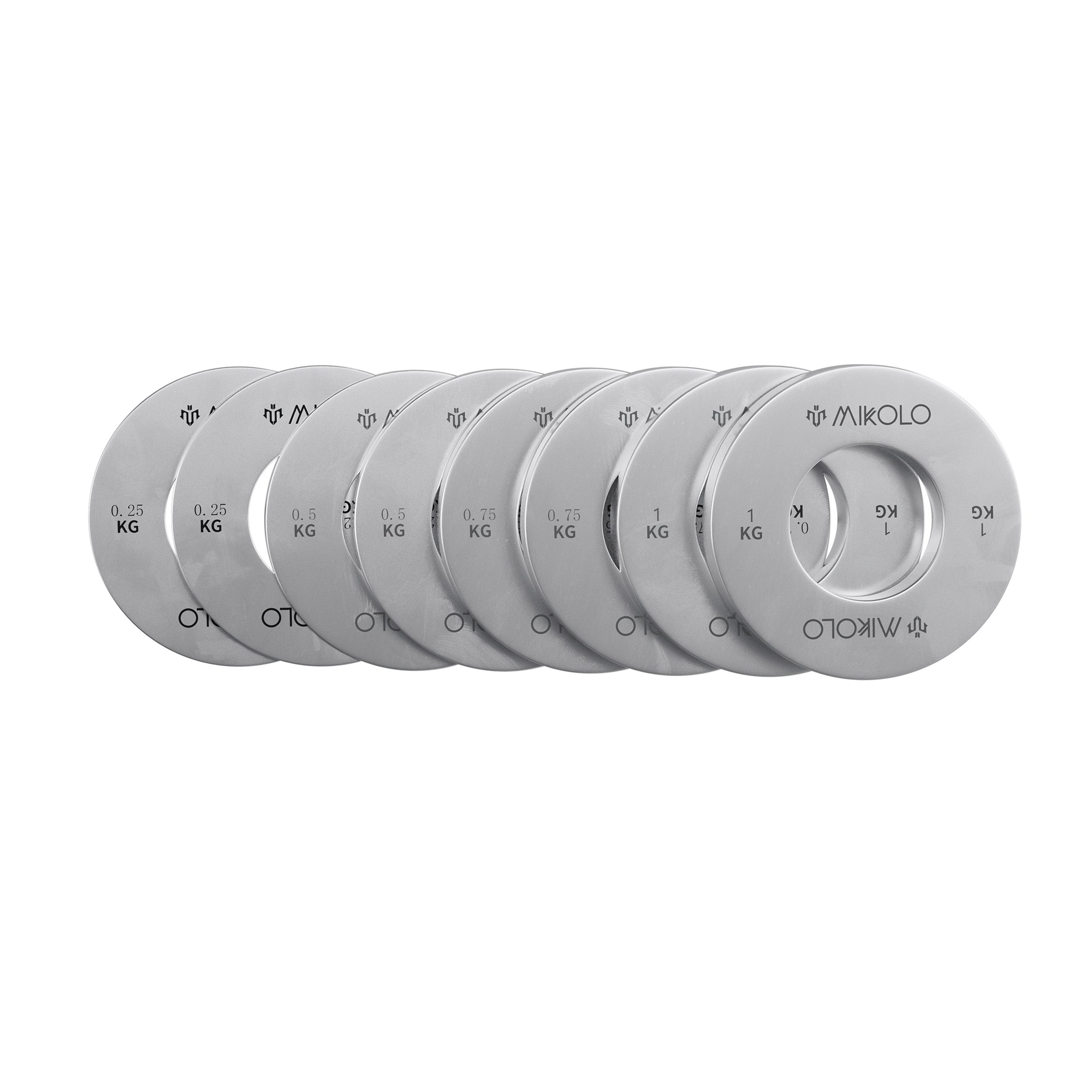

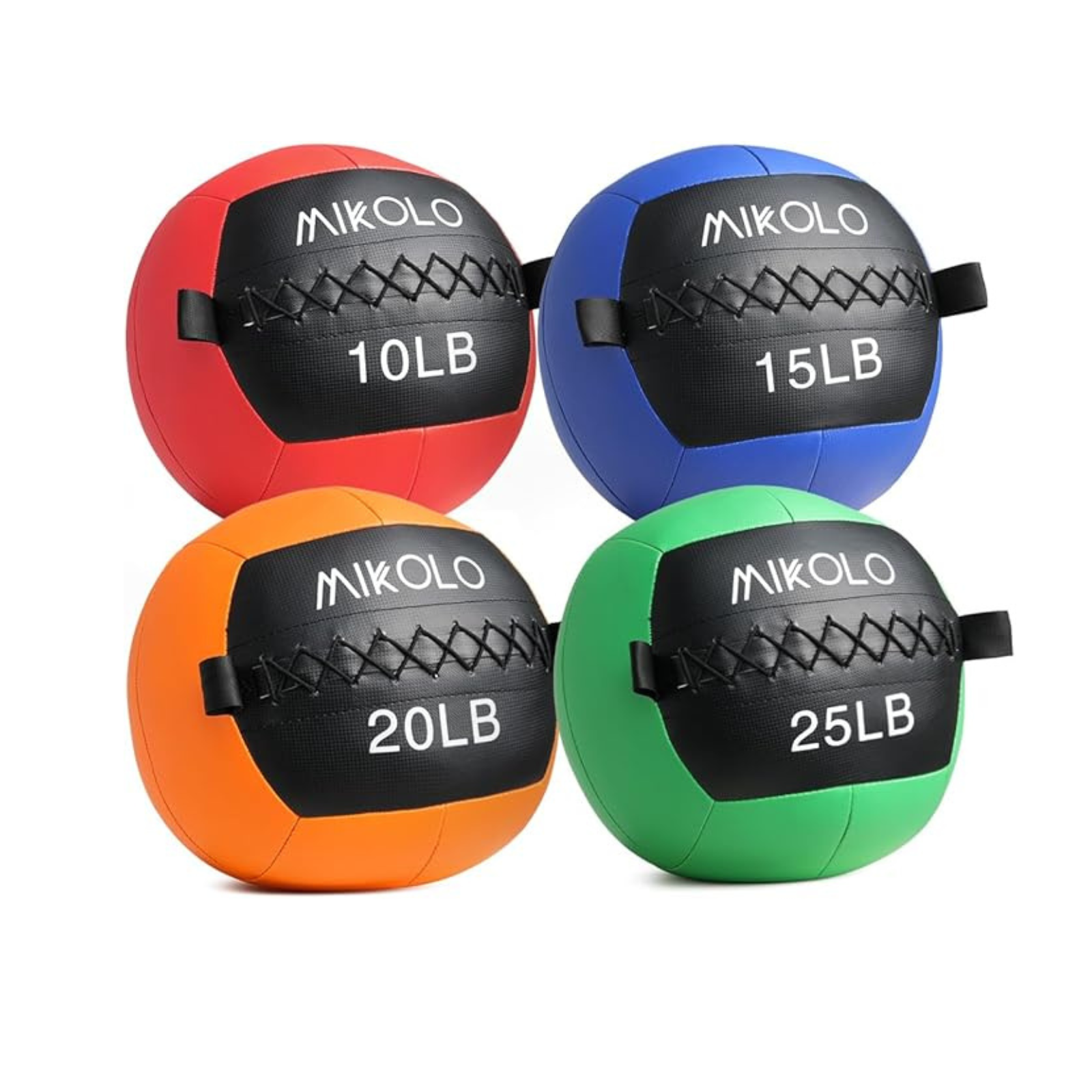
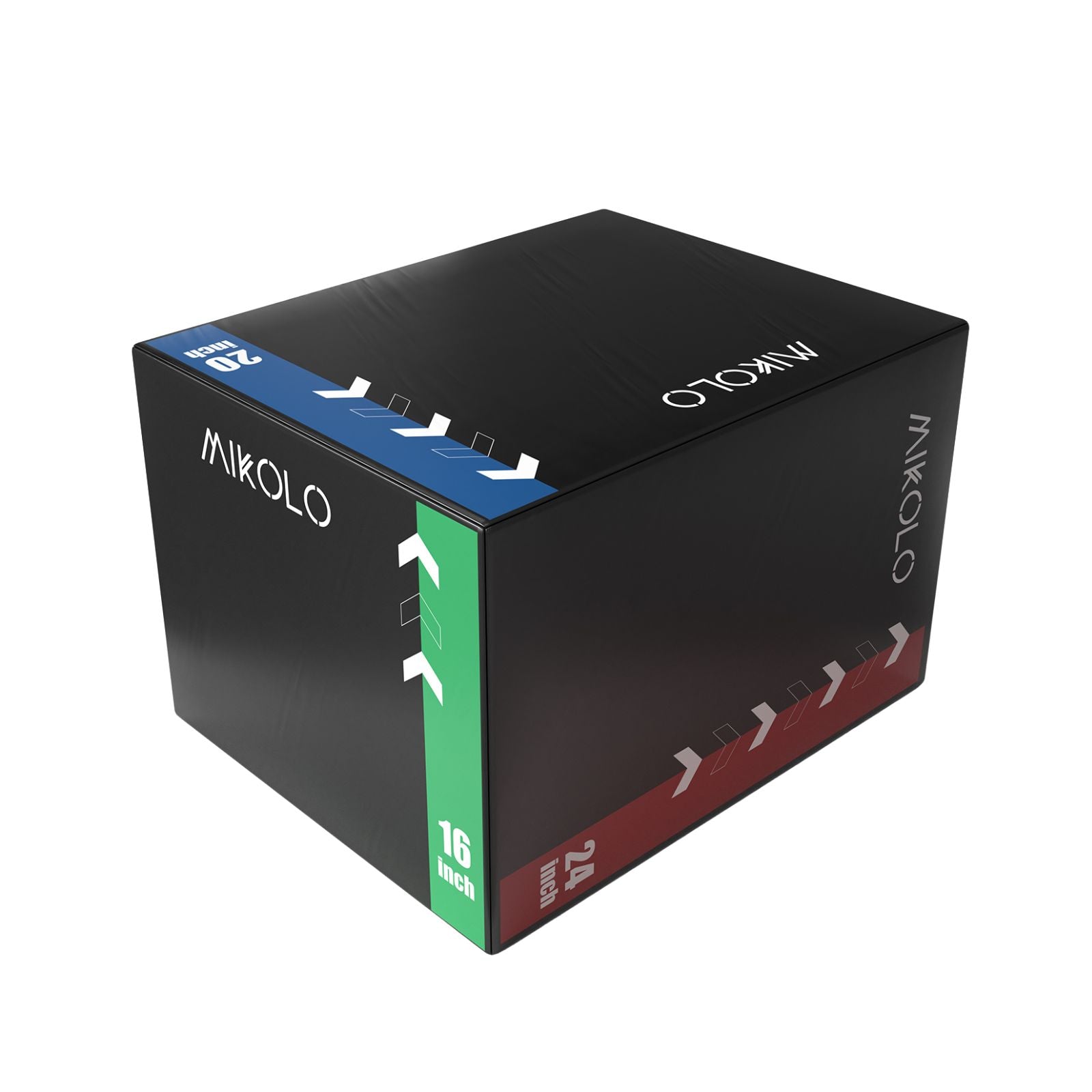
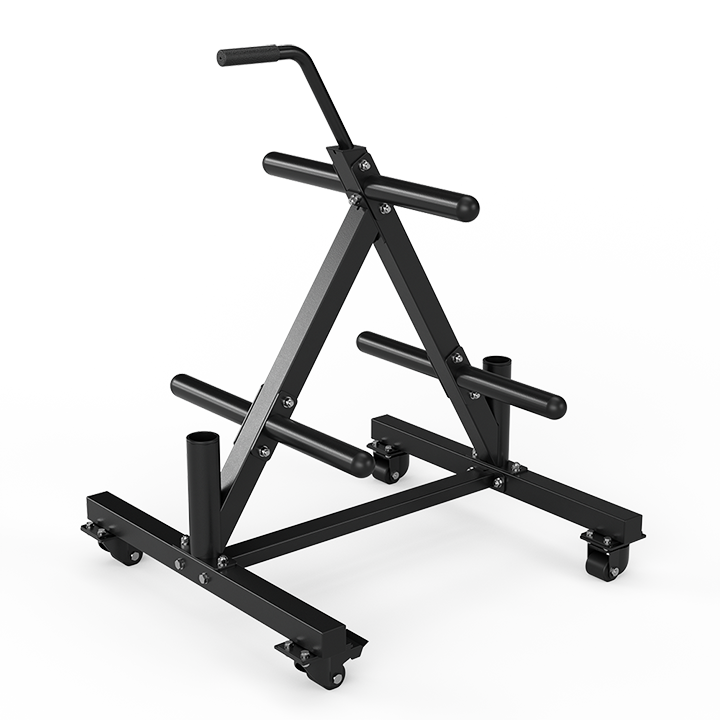
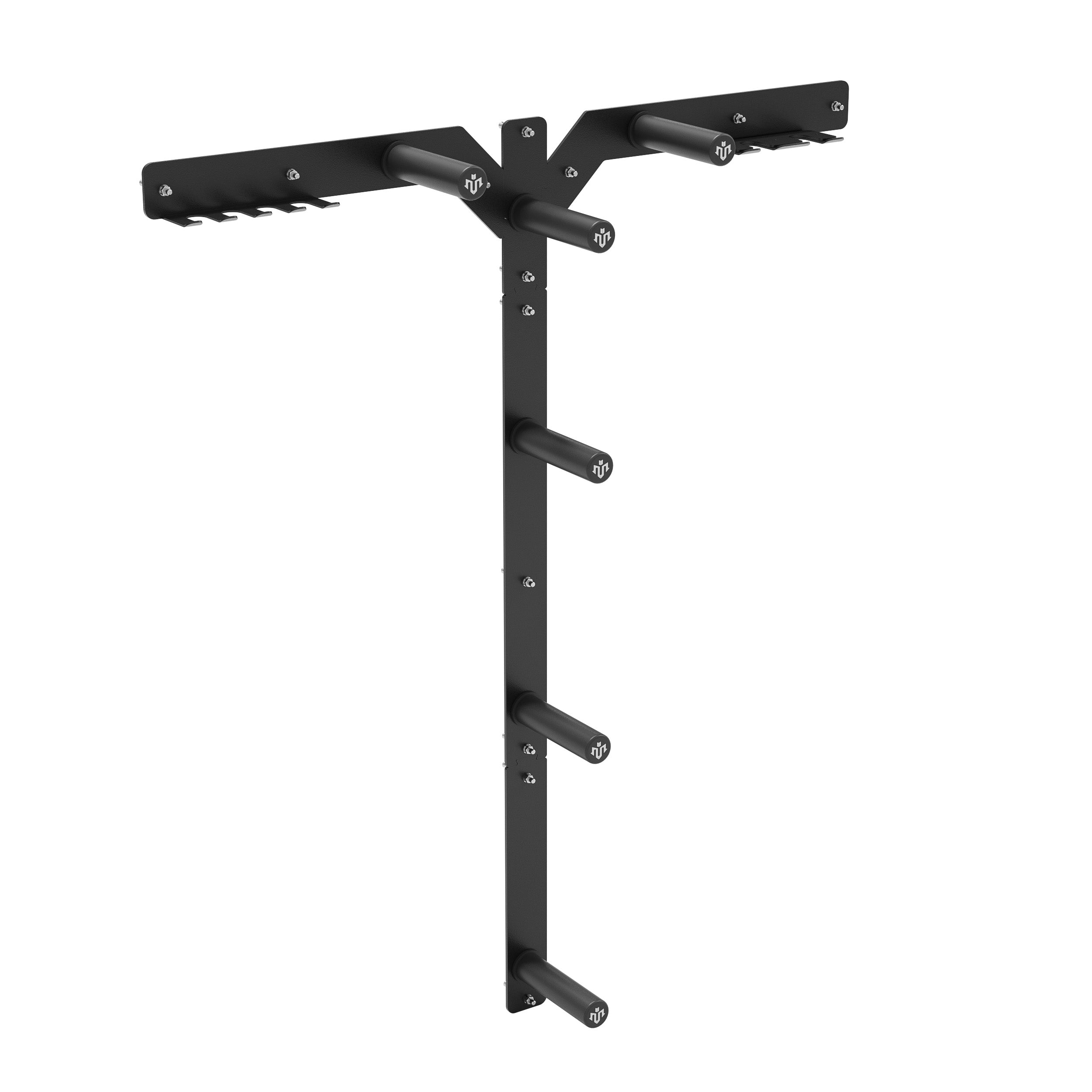
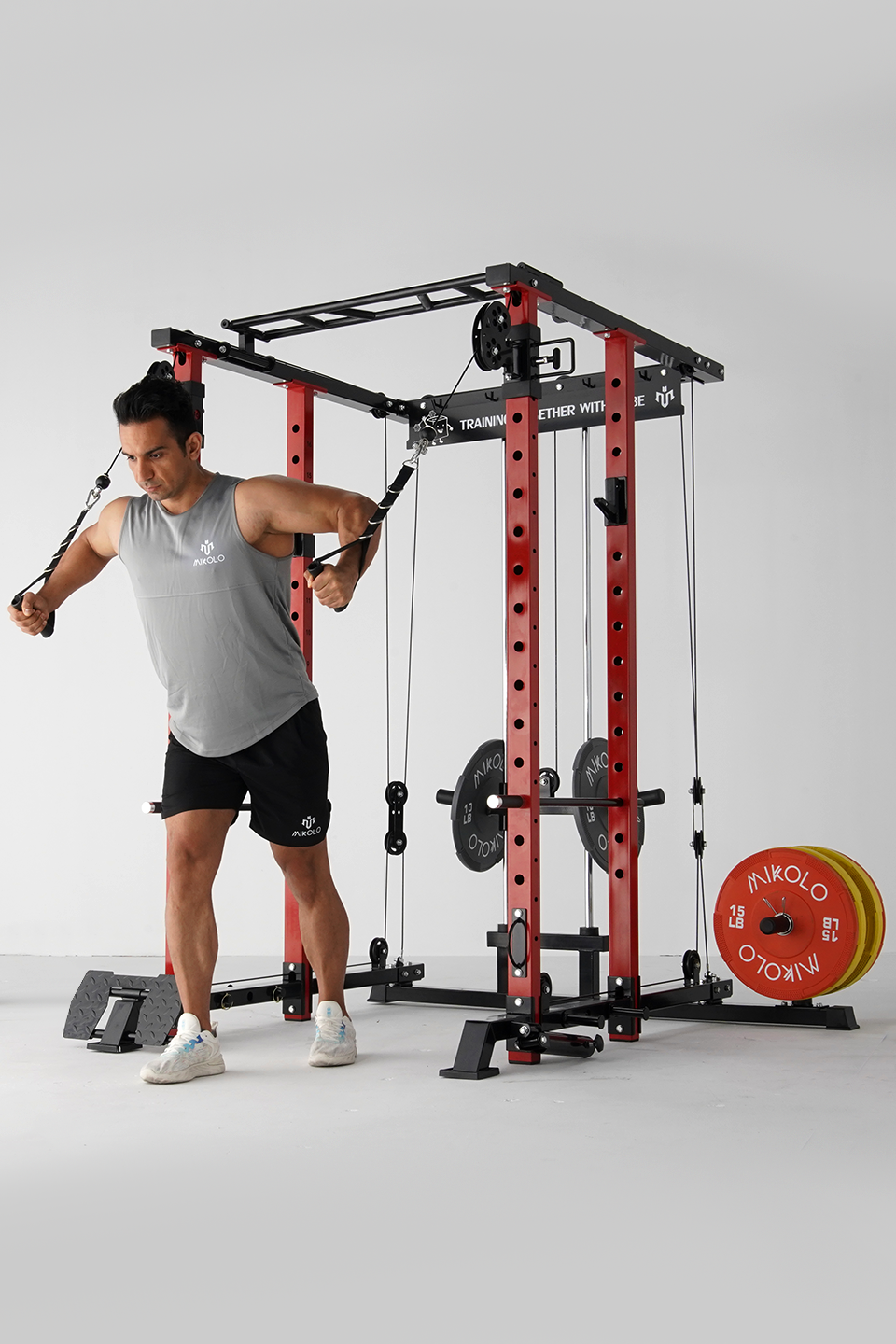



Leave a comment
This site is protected by hCaptcha and the hCaptcha Privacy Policy and Terms of Service apply.